
Forget Burgundy and Barolo for a moment. Portugal’s Baga is rewriting the rules of cool-climate reds. From its Bairrada stronghold and survival through Portugal’s turbulent wine history, to its versatility in sparkling, rosé, and age-worthy reds, this grape blends grit with elegance. Baga is a thin-skinned varietal grape known for its high acidity and complex tannins, making it a standout in the wine world. Its name translates to 'berry' in English, reflecting its identity as a small red grape variety.
In this guide, we’ll explore its terroir, winemaking, flavour profile, food pairings, and best bottles.
Picture this: you’re at a wine party where everyone is fawning over the latest “hidden gem” from Burgundy or the Loire. Meanwhile, Portugal has been sitting quietly in the corner with Baga—a grape so audacious its name literally means “berry” in Portuguese—producing wines that can rival the elegance of Pinot Noir and the power of Nebbiolo. Baga is often recognized as Portugal's answer to Nebbiolo due to its characteristics and quality potential.
Think of Baga as the Steve Jobs of wine grapes: misunderstood for decades, dismissed by critics, but ultimately revolutionary.
Baga is an indigenous Portuguese grape that ripens late, producing wines with naturally high acidity, firm tannins, and remarkable aging potential. Its versatility is astonishing—sparkling wines, rosés, light reds, and age-worthy powerhouses all come from the same grape. Like a master of disguise, Baga adapts to the winemaker’s touch, offering an impressive range of styles without ever losing its distinctive identity. Additionally, Baga is resistant to downy mildew but can quickly develop bunch rot if weather conditions turn unfavourable during harvest. This grape variety has probably been used to make wine since pre-Roman times in Portugal.
For years, critics wrote it off as too rustic and too tannic. But when handled with care, Baga produces elegant, terroir-driven wines that can age for decades, developing the kind of complexity usually reserved for Europe’s most celebrated reds. The best wines from Baga are often produced from old vines, which yield small, aromatic, and concentrated fruit bunches.
Bairrada, a small coastal region in central Portugal, is the homeland and spiritual center of this late-ripening variety. Here, Baga is more than a grape. It’s a cultural emblem. Nearly half of Bairrada’s vineyards are planted to Baga, making it as dominant in its region as Pinot Noir is in Burgundy. The region is situated approximately 20 km inland from the west coast of Portugal, lending it a unique geographical identity. The region was awarded its DOC status in 1979, transitioning from a quantity-focused production to a quality-driven approach.
Bairrada is also one of Portugal’s sparkling wine strongholds, producing about half of the country’s certified sparkling wine, with Baga often the backbone. Its high acidity and firm structure make it perfectly suited for traditional-method fizz. Historically, the region has been known for producing two-thirds of Portugal's sparkling wine, often paired with the local dish of Leitões (suckling pig). Bairrada's chalky clay soils are well-drained and light-reflective, helping to ripen the fruit while balancing acidity and tannin.
Historically, Baga has been a survivor. From the 18th-century Port wine fraud scandals, through the market collapse following the 1974 Carnation Revolution, to the bulk wine era of the 1980s and 1990s, it has endured neglect and near extinction. During those decades, many vineyards were uprooted or reduced to producing forgettable rosés, such as Mateus.
The tide turned in the 1990s with Portugal’s entry into the European Union, which brought stricter regulations and encouraged quality over quantity. Producers like Luís Pato, often called the “Angelo Gaja of Bairrada,” refused to abandon the grape. Today, a new generation of winemakers, organized in the Baga Friends collective, has redefined the reputation of this wine. Their efforts have put Baga back in the spotlight, with International Baga Day now celebrated every first Saturday of May. Luís Pato pioneered modern Baga production techniques by adopting destemming and fermentation in stainless steel, greatly improving the quality of Baga wines.
Making great Baga is like conducting a symphony with a temperamental orchestra: precision and balance are everything. Modern Baga producers employ various winemaking techniques that depart from tradition, ranging from gentle juice extraction to aging in neutral oak and even carbonic maceration.
The result? A spectrum of wines, from approachable everyday reds to structured classics built for decades in the cellar.
Drinking Baga is like reading a book that reveals new chapters with every sip.
In short, Baga can be bold and structured or delicate and refined, but it always carries a sense of place.
Baga is a sommelier’s dream grape thanks to its structure and acidity.
Bairrada’s terroir reads like a winemaker’s dream recipe, something that gives wines from this region a high-quality potential: Bairrada's climate is significantly influenced by the Atlantic Ocean, resulting in mild, rainy winters and humid summers.
Beyond Bairrada, Baga grows in Dão (where it is believed to have originated) and in parts of the Douro, where it appears under aliases like “Tinta da Bairrada” or “Poeirinho.” Still, Bairrada remains the epicentre, producing the most compelling and authentic expressions.
Wine lovers often compare Baga to Pinot Noir. For a good reason. Both wines are:
But the differences are crucial:
Many leading Baga wineries are champions of sustainability.
This isn’t just marketing, it’s survival. In a warming world, Baga’s natural acidity, resilience, and disease resistance make it especially well-suited for low-intervention, eco-friendly viticulture.
Baga is everything modern wine should be: authentic, resilient, and deeply expressive of place. Once dismissed as rustic and unrefined, these centenarian vineyards have undergone a renaissance thanks to the efforts of many producers and favourable climate shifts.
Today, Baga is recognized as a world-class grape—not just Portugal’s future, but part of wine’s future. For adventurous drinkers, it represents a golden opportunity: wines with the complexity of Burgundy or Barolo, but at prices that remain accessible. Baga wines are gaining increasing recognition in international markets, particularly among wine enthusiasts and sommeliers.
So the next time someone brags about their expensive Burgundy, pour them a glass of Baga. Chances are, it will leave them speechless—and you’ll have discovered one of wine’s best-kept secrets.

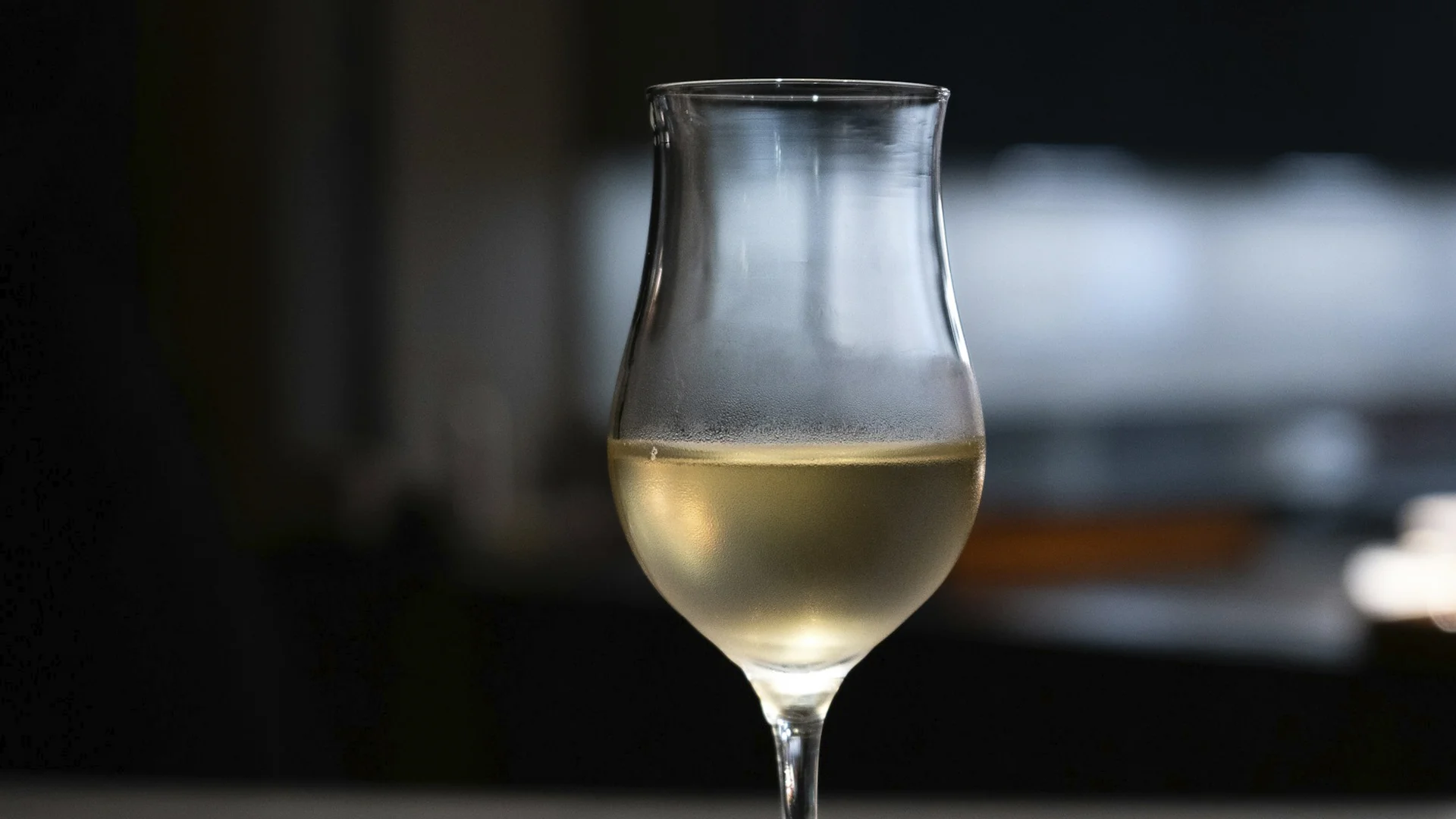
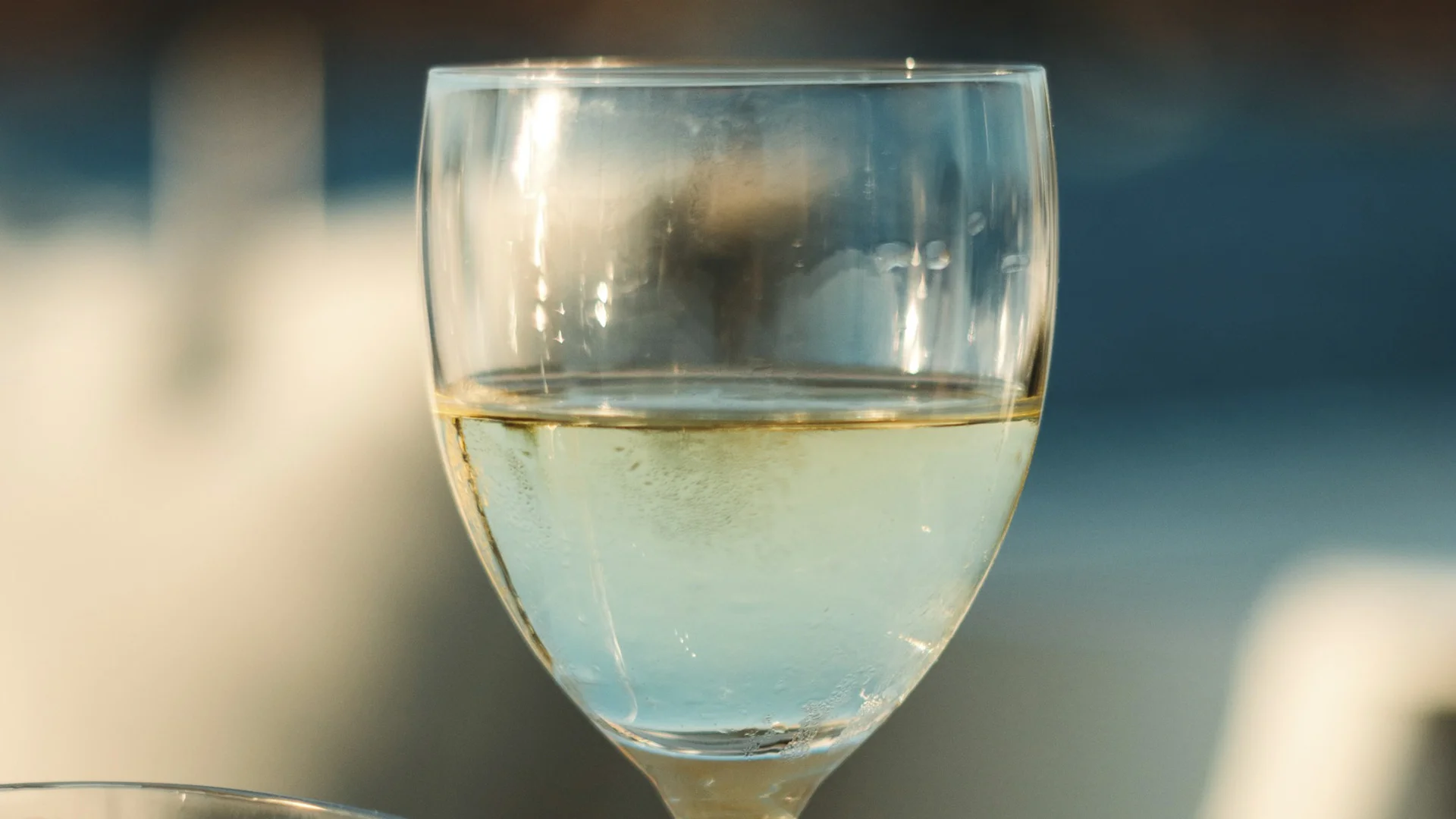
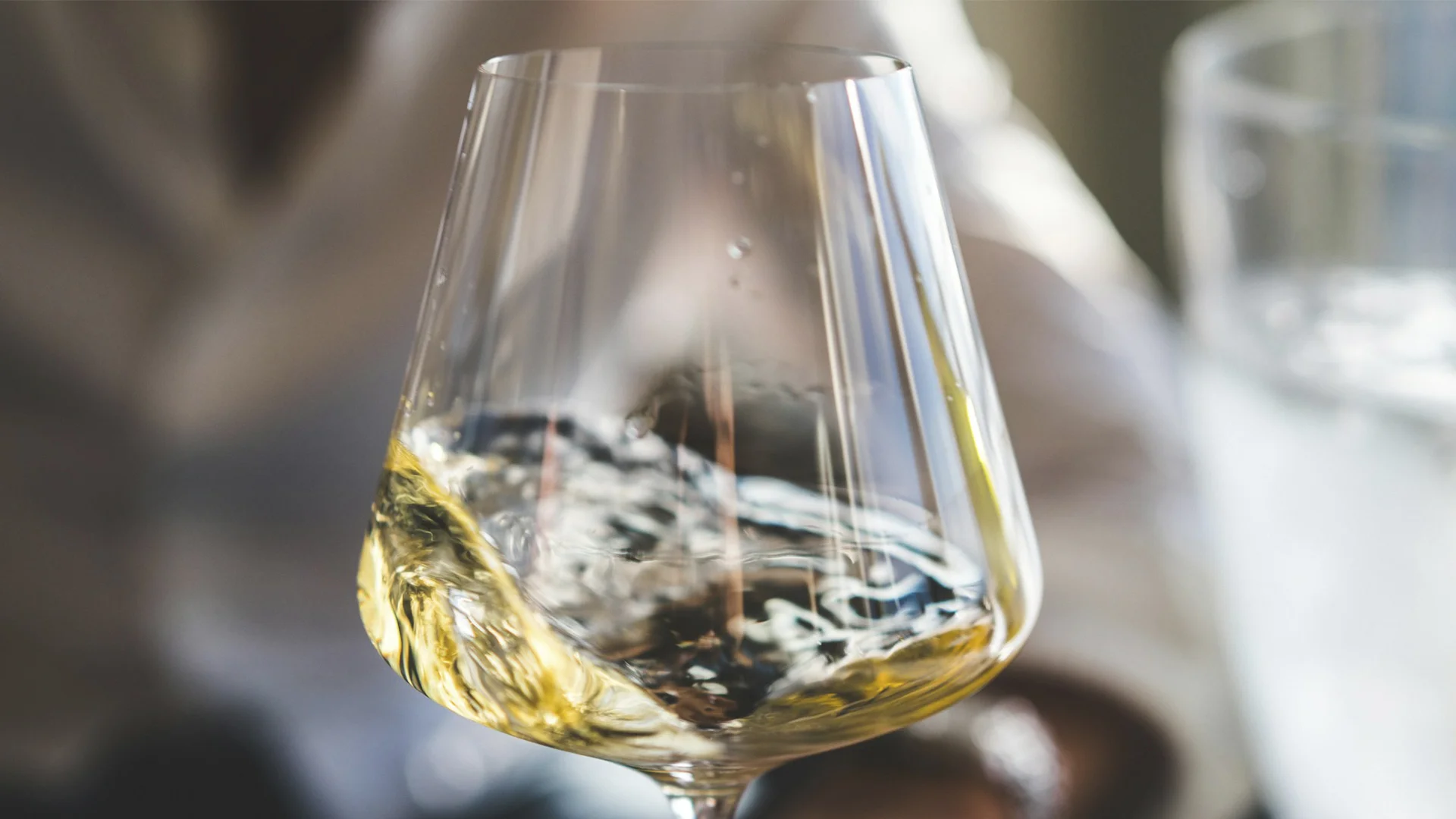
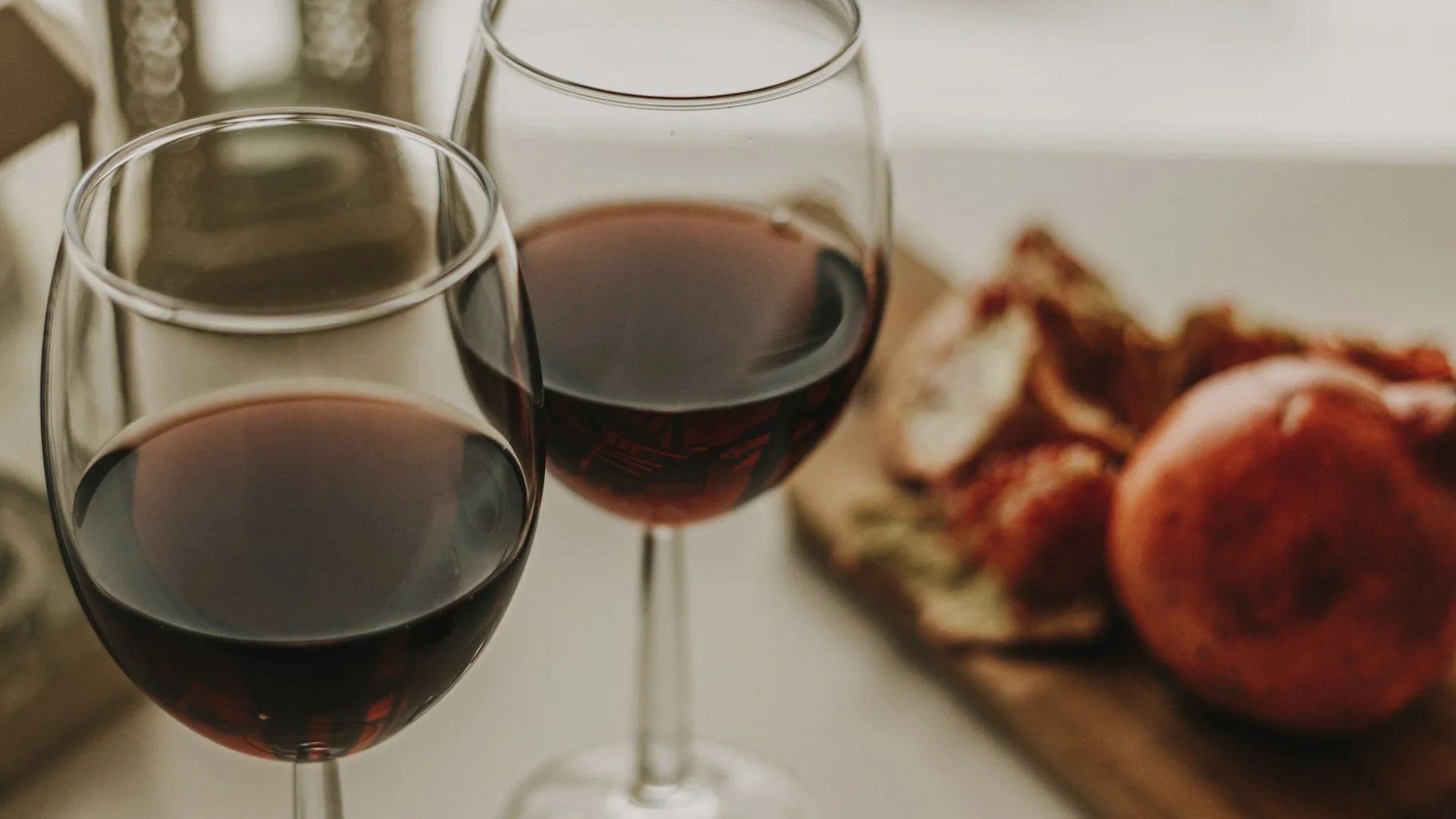
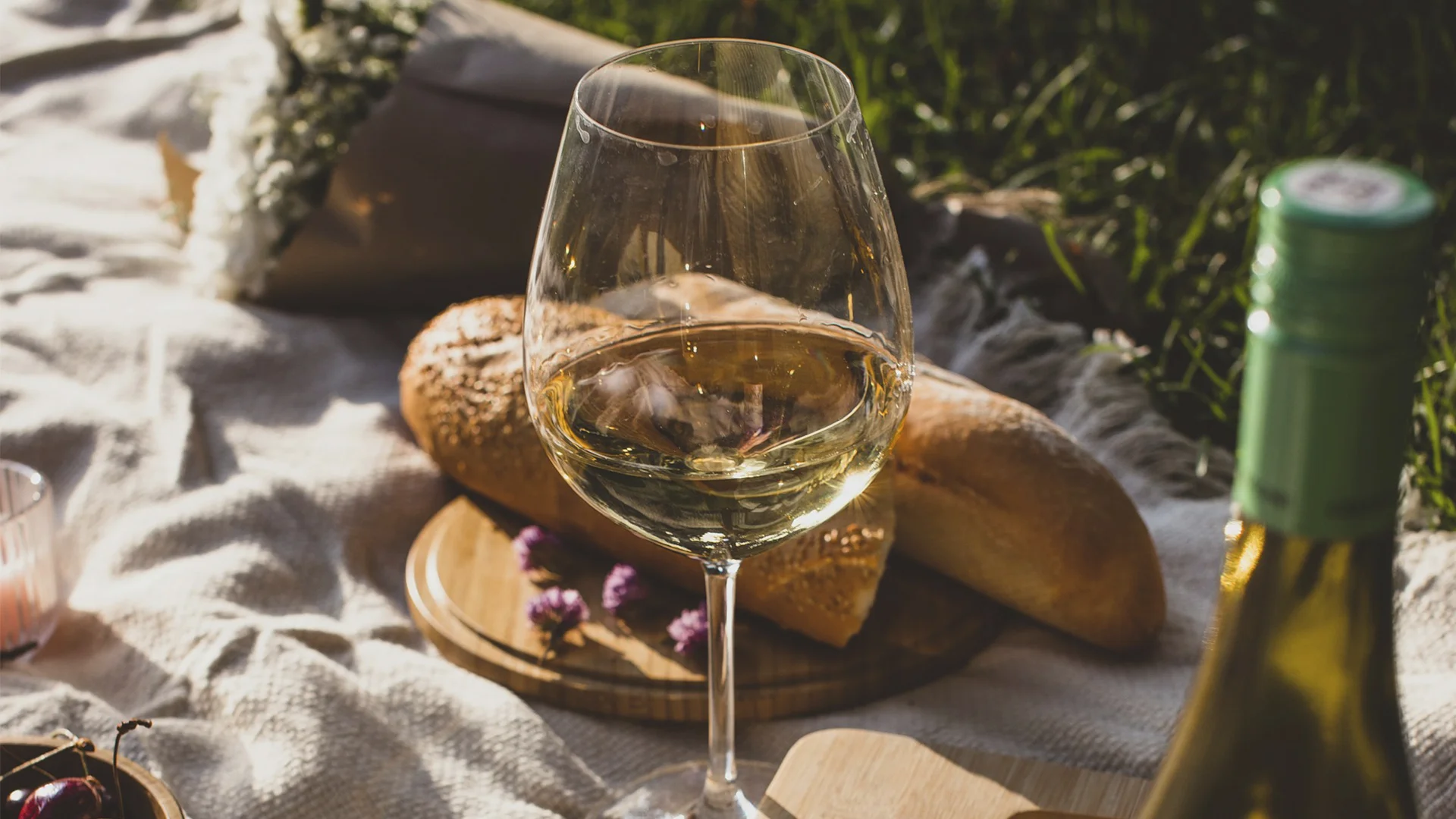
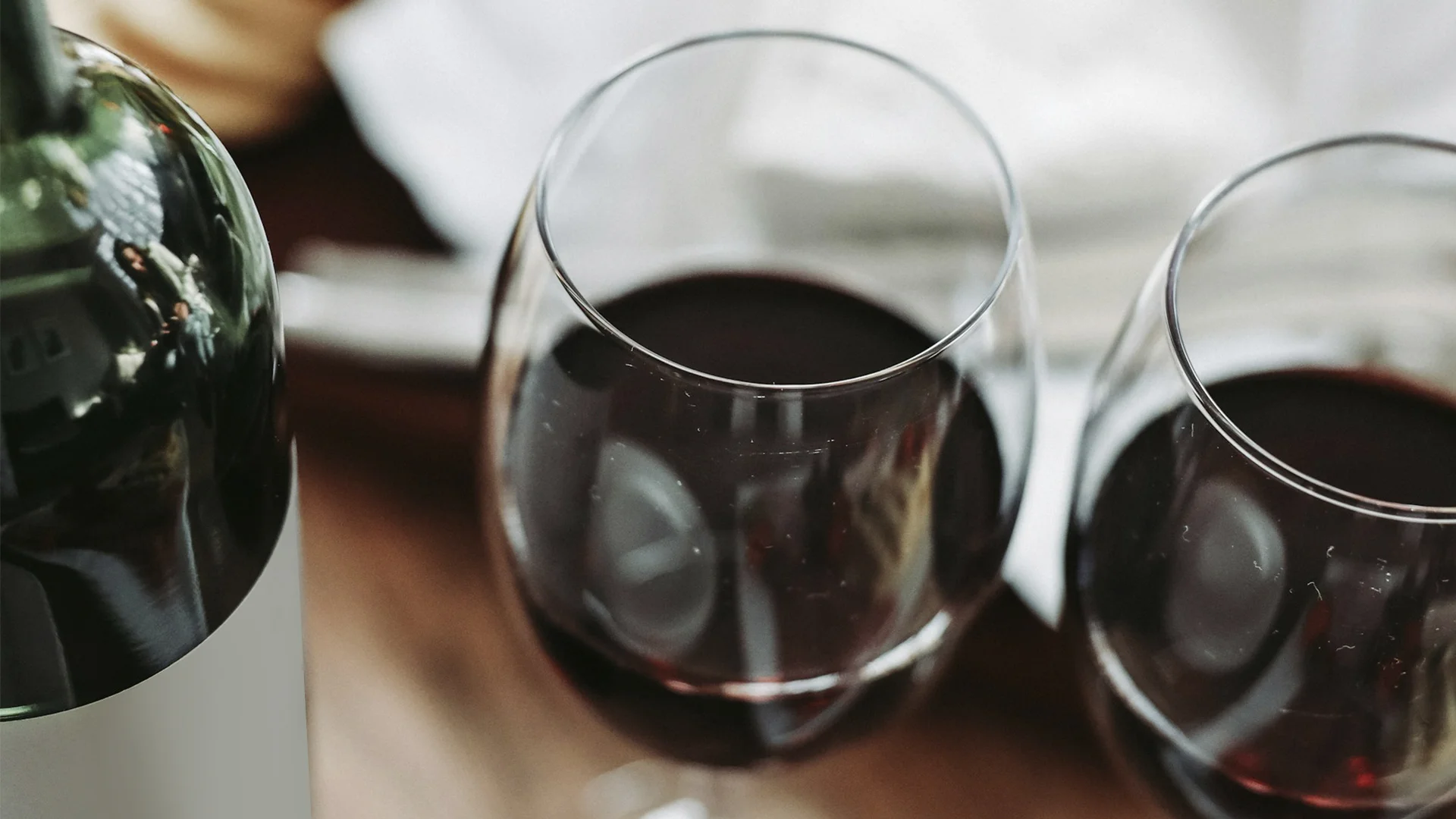
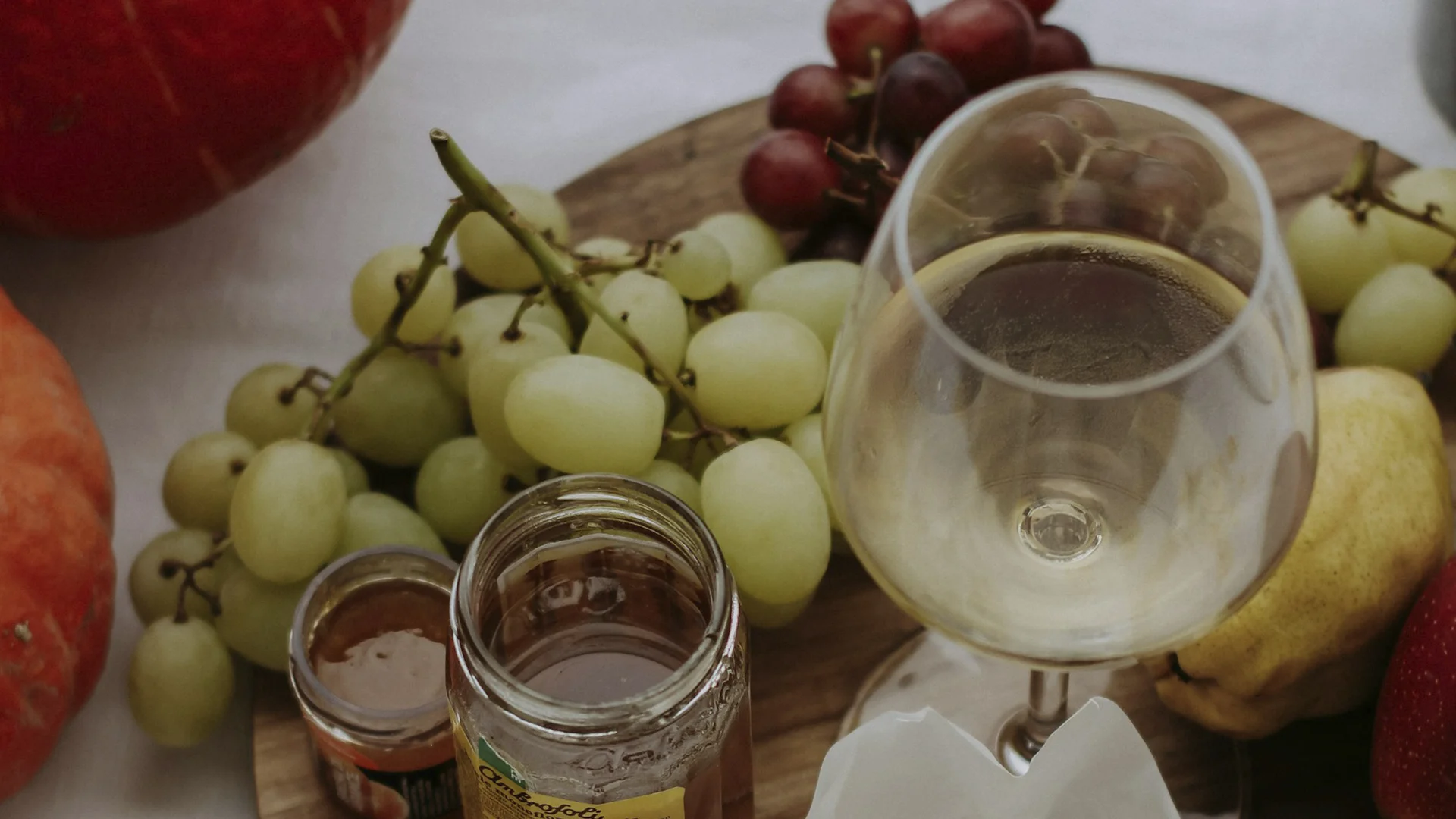
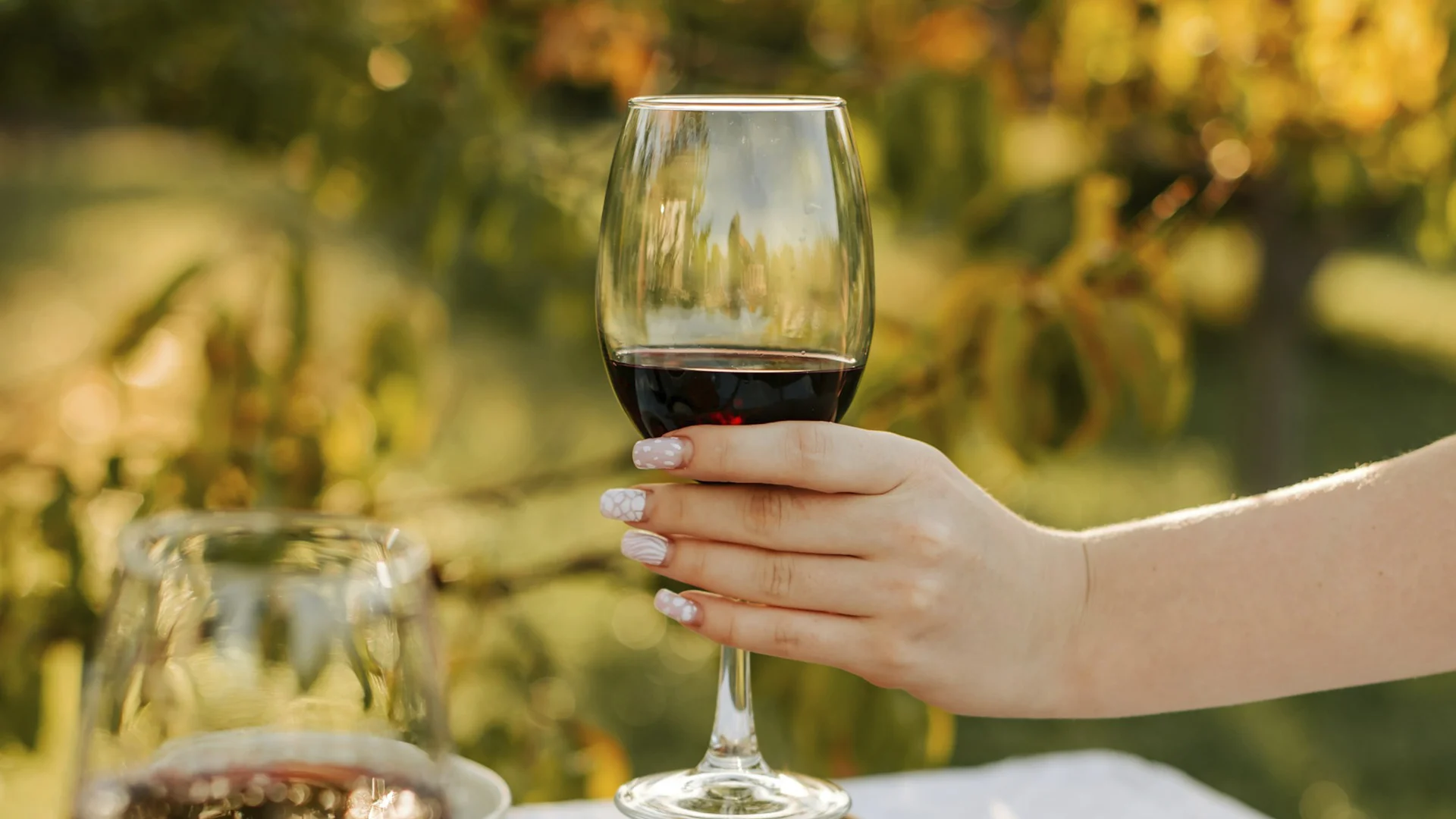

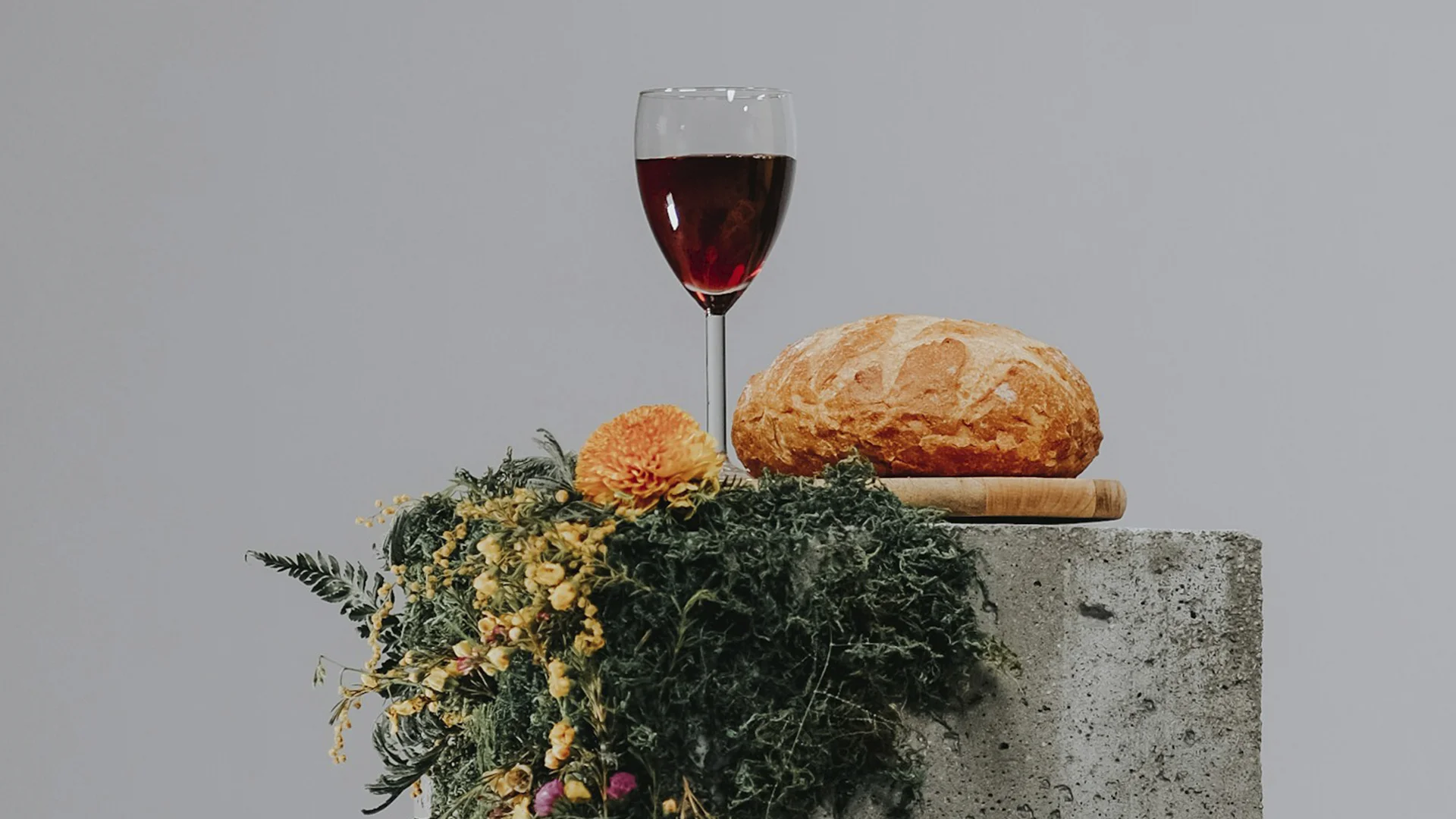


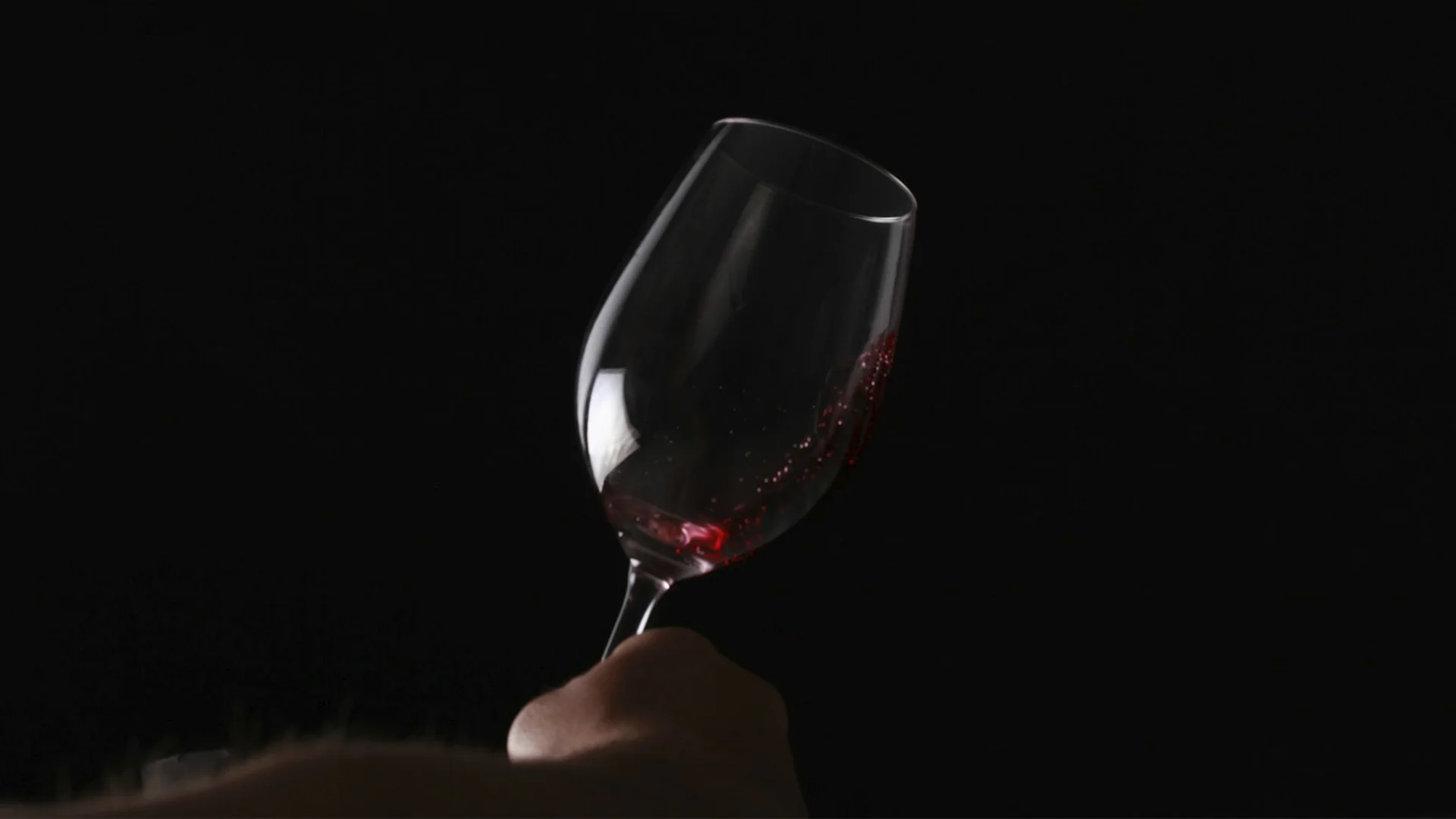
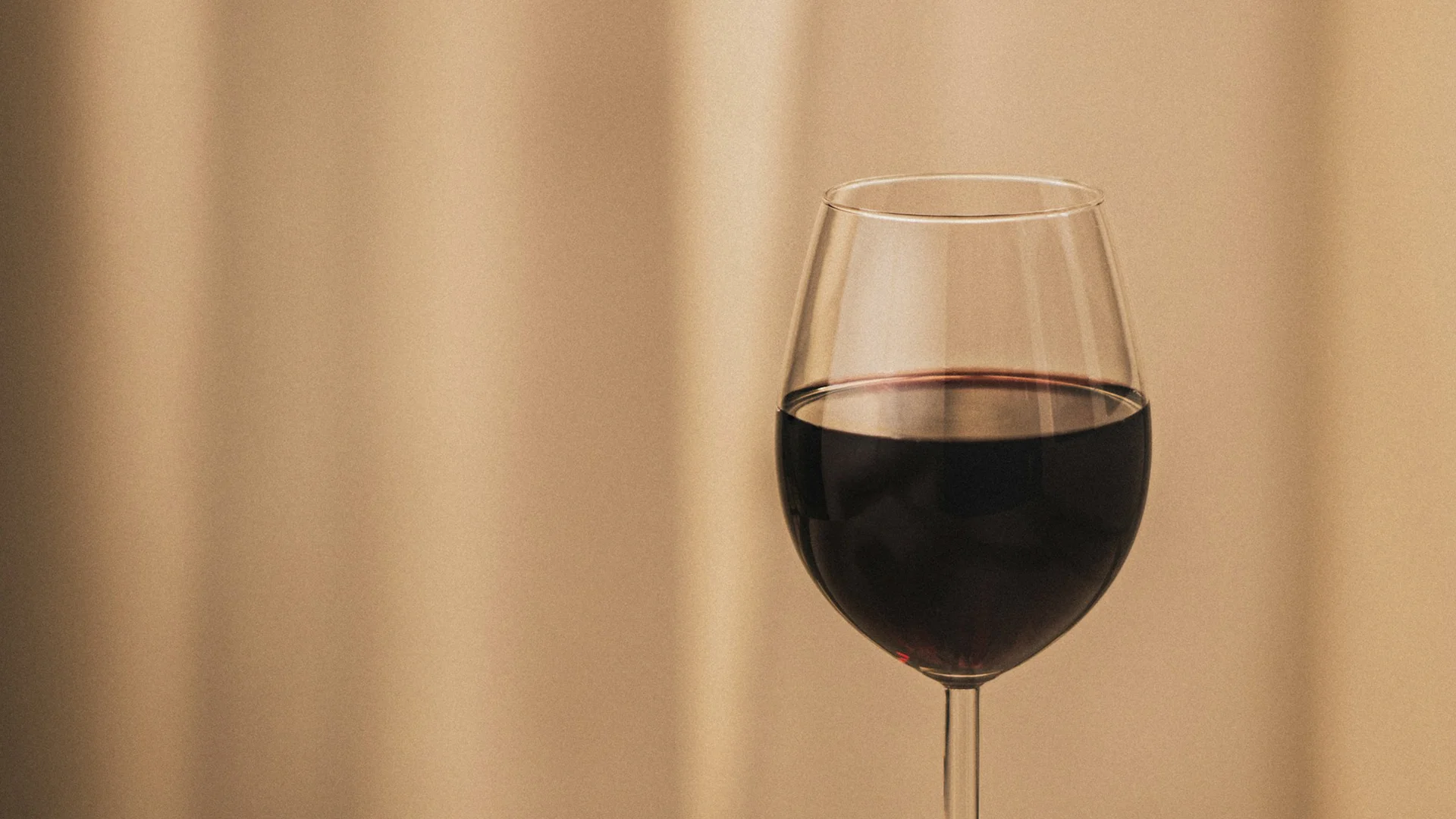
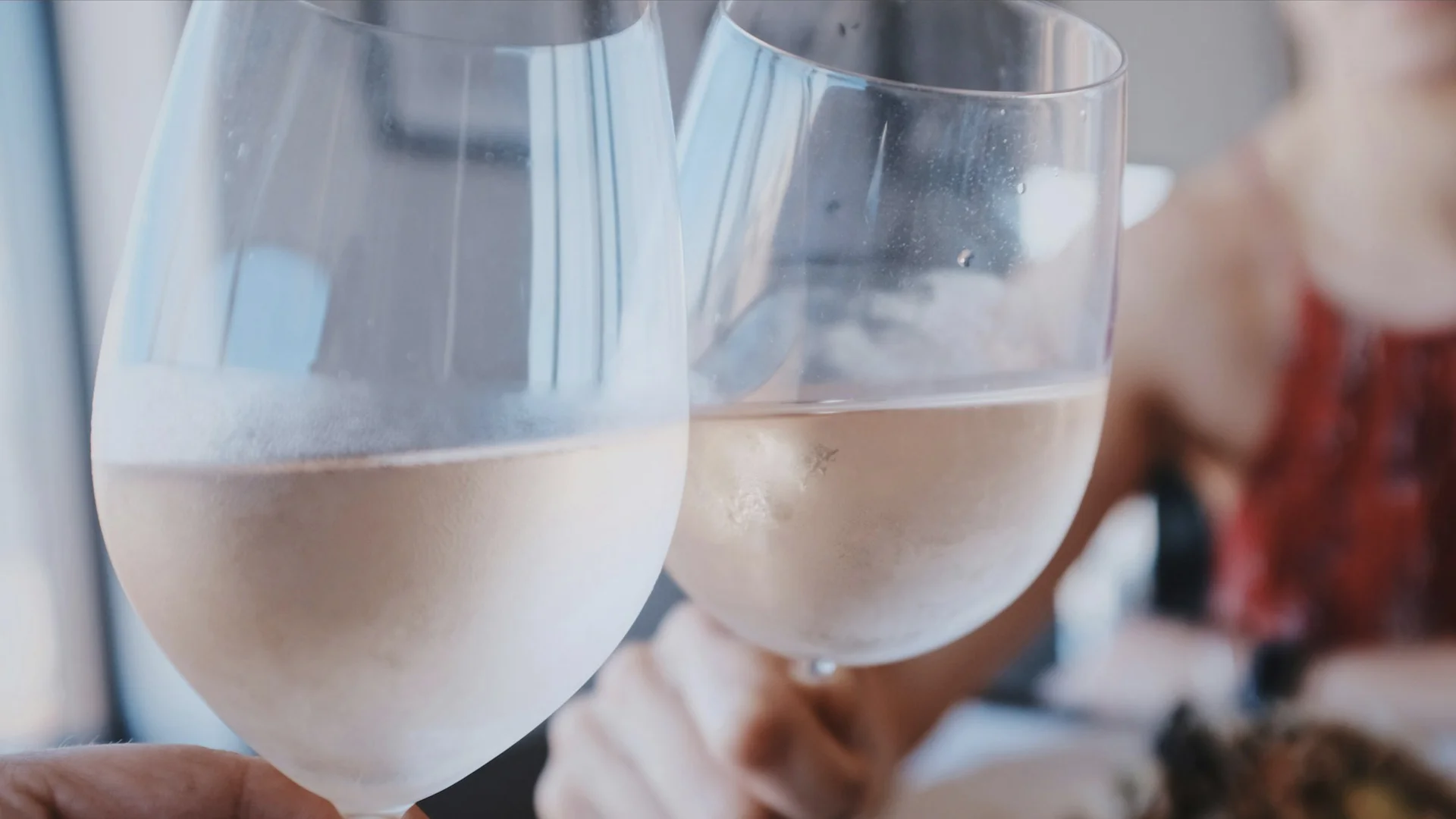

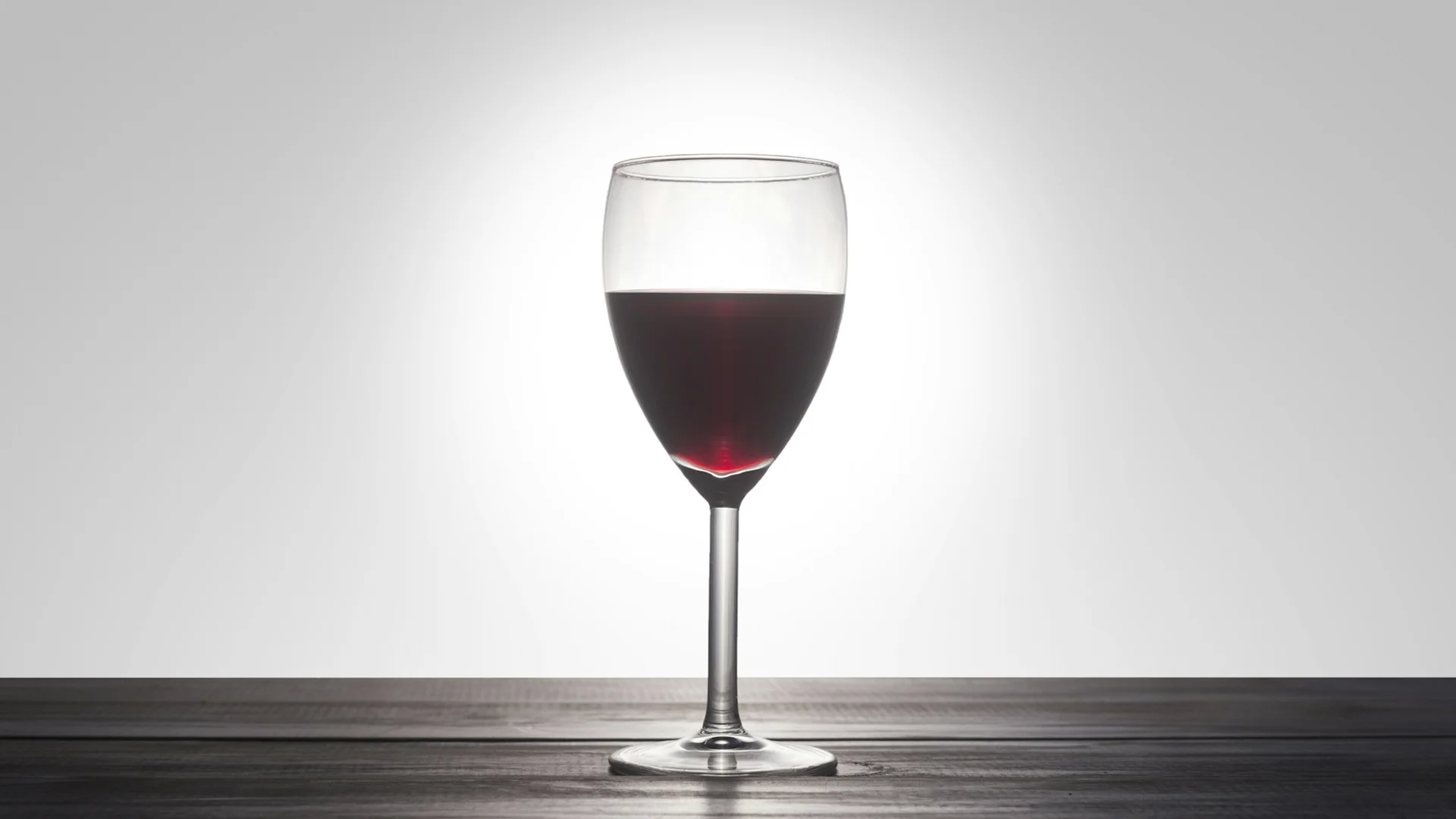


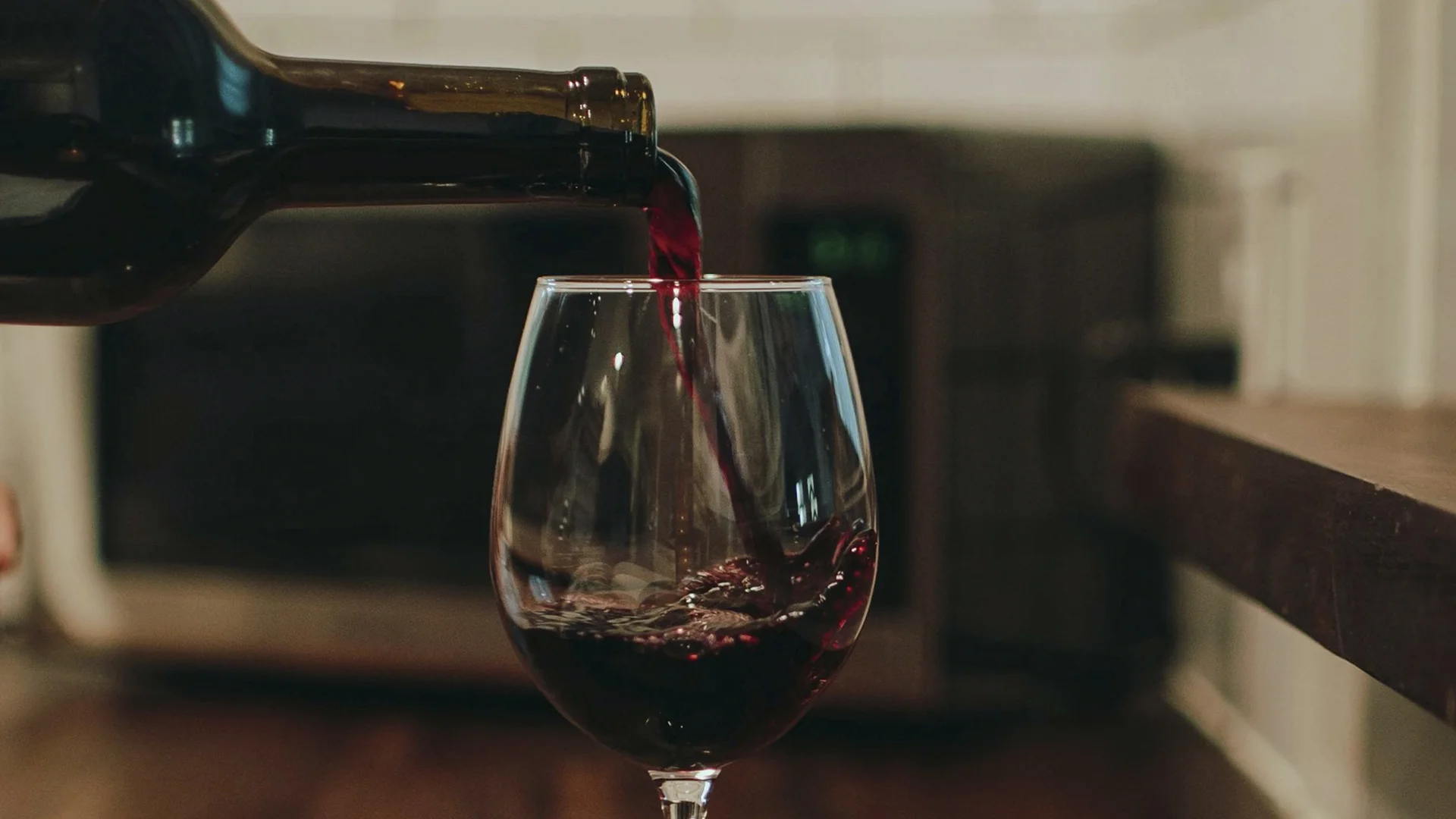
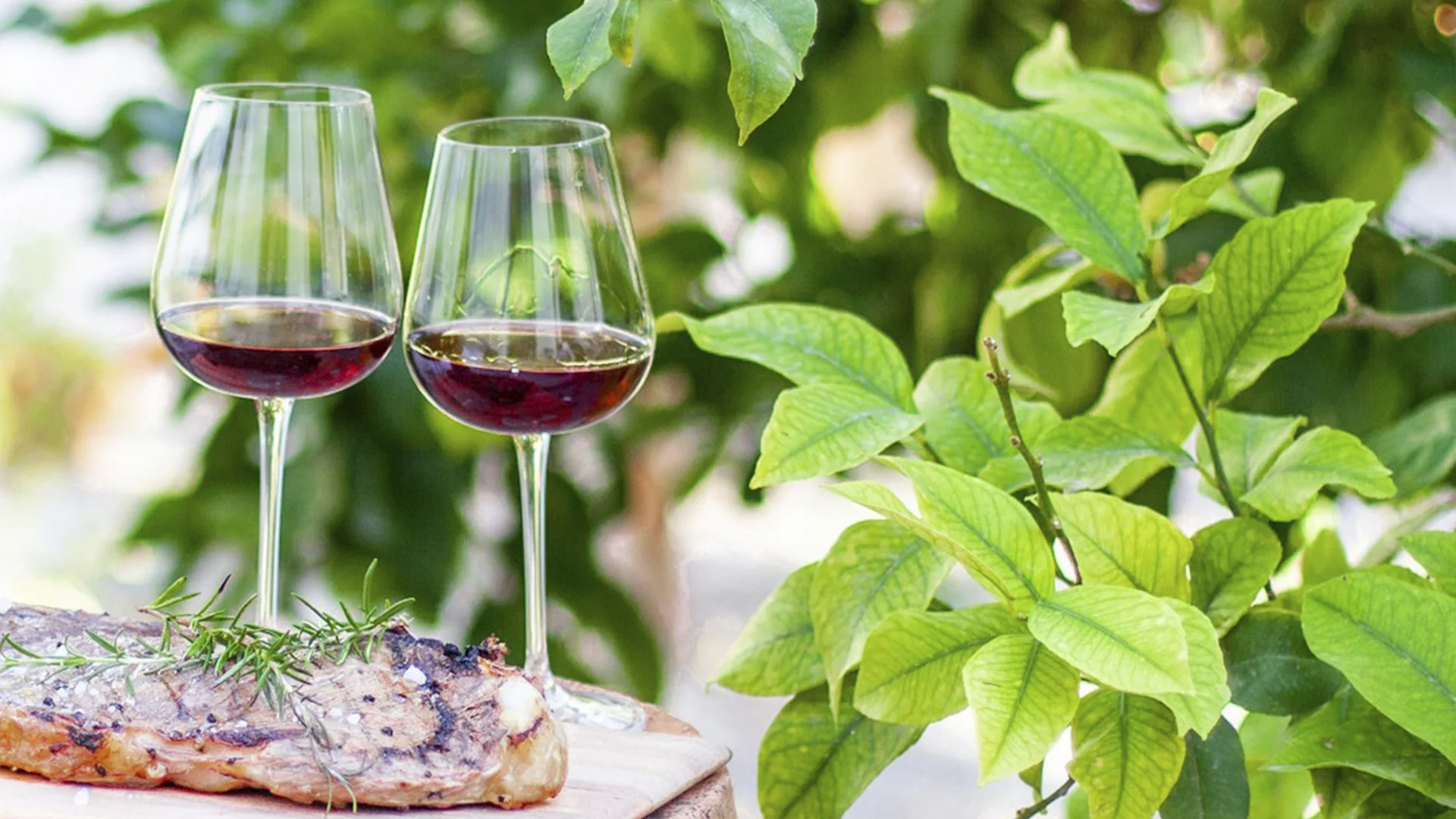
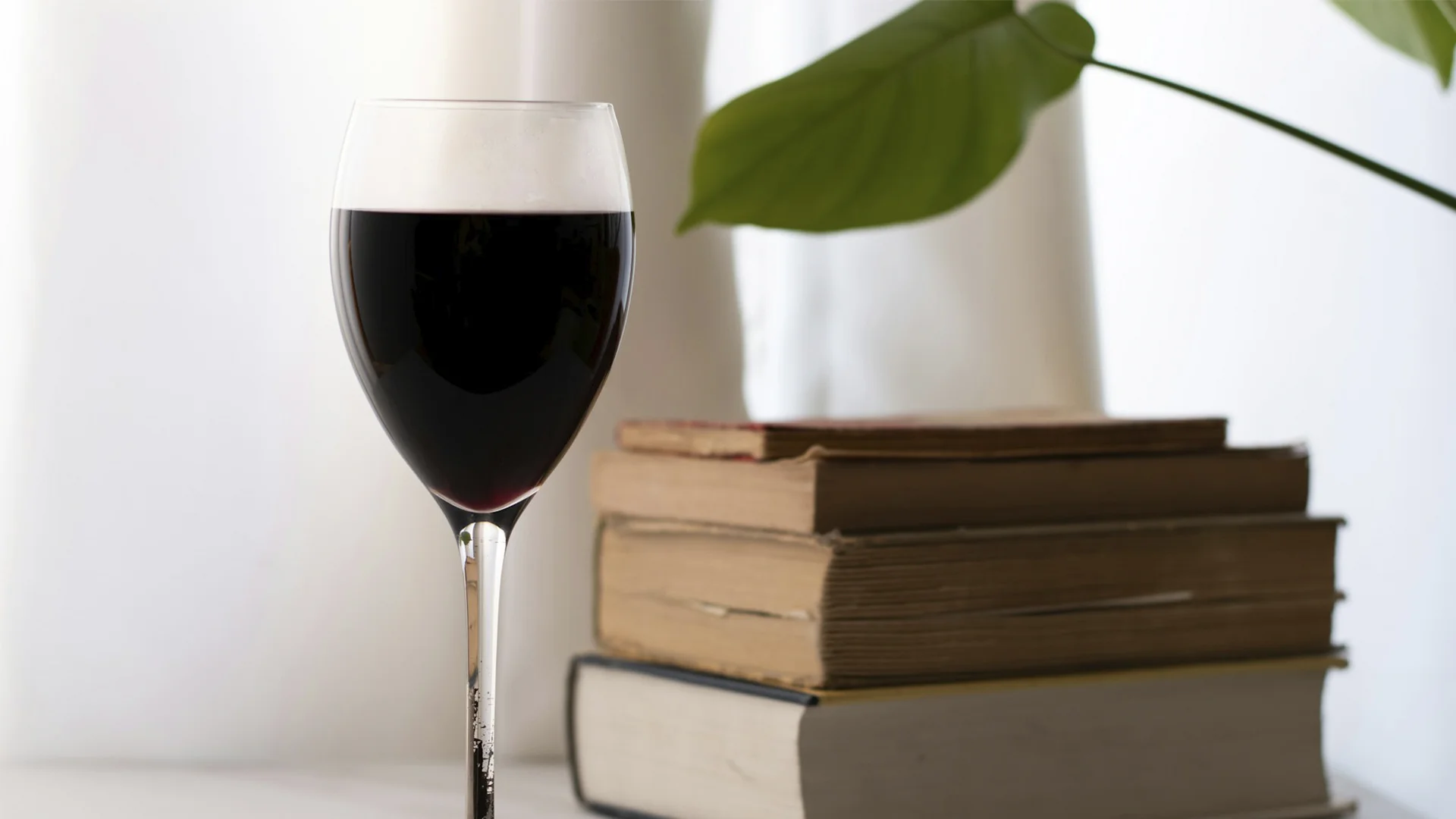
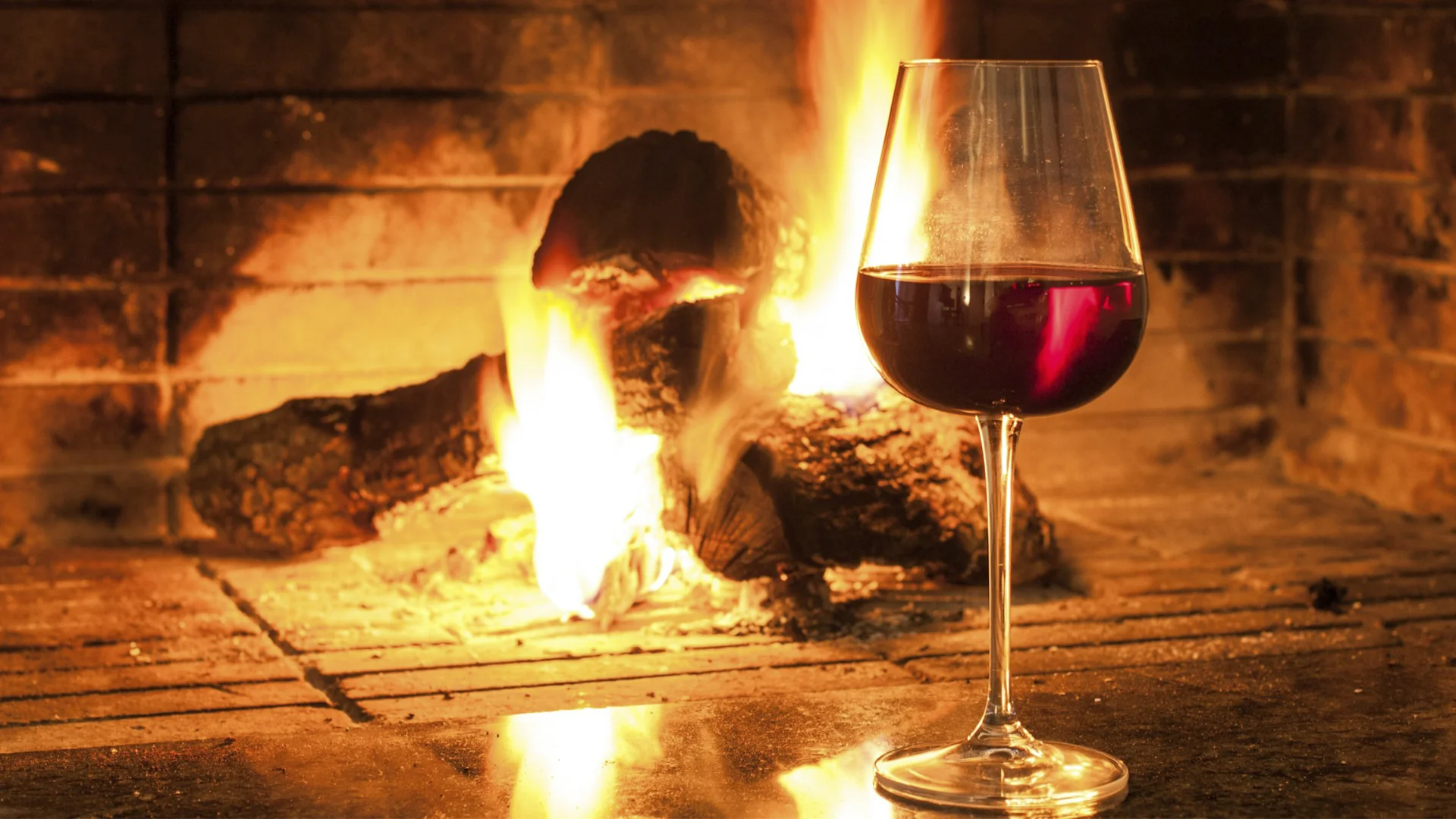
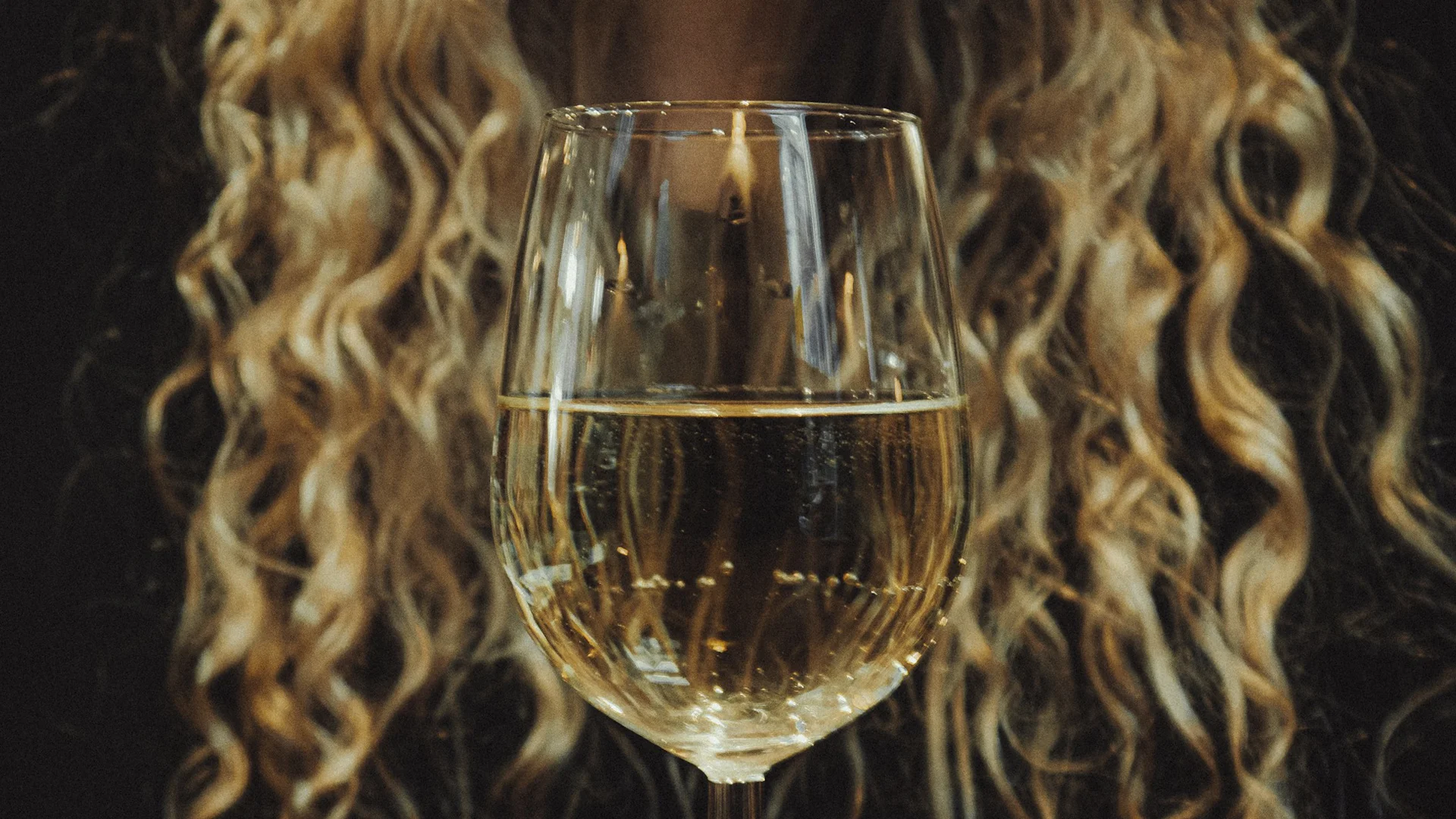
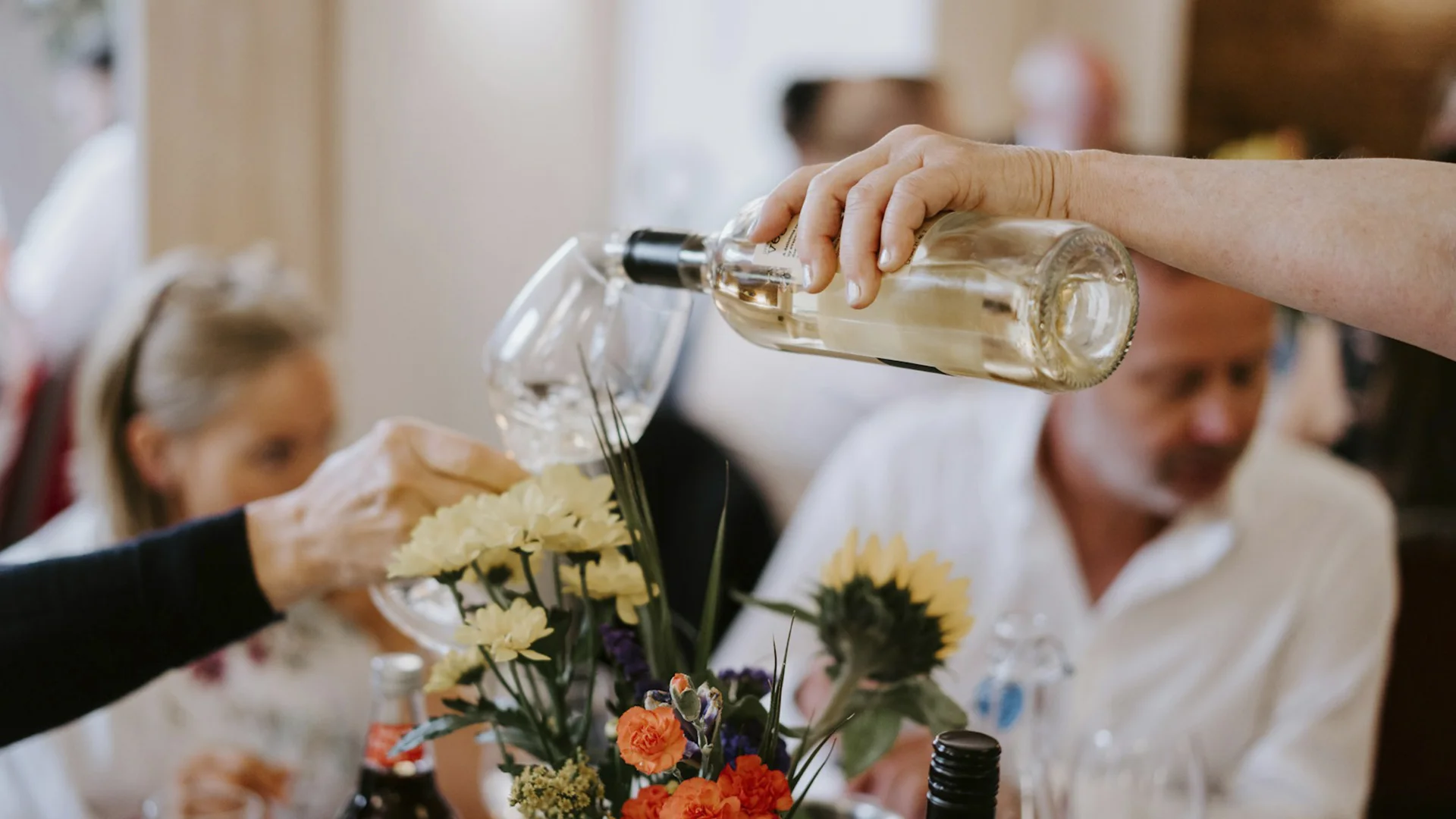
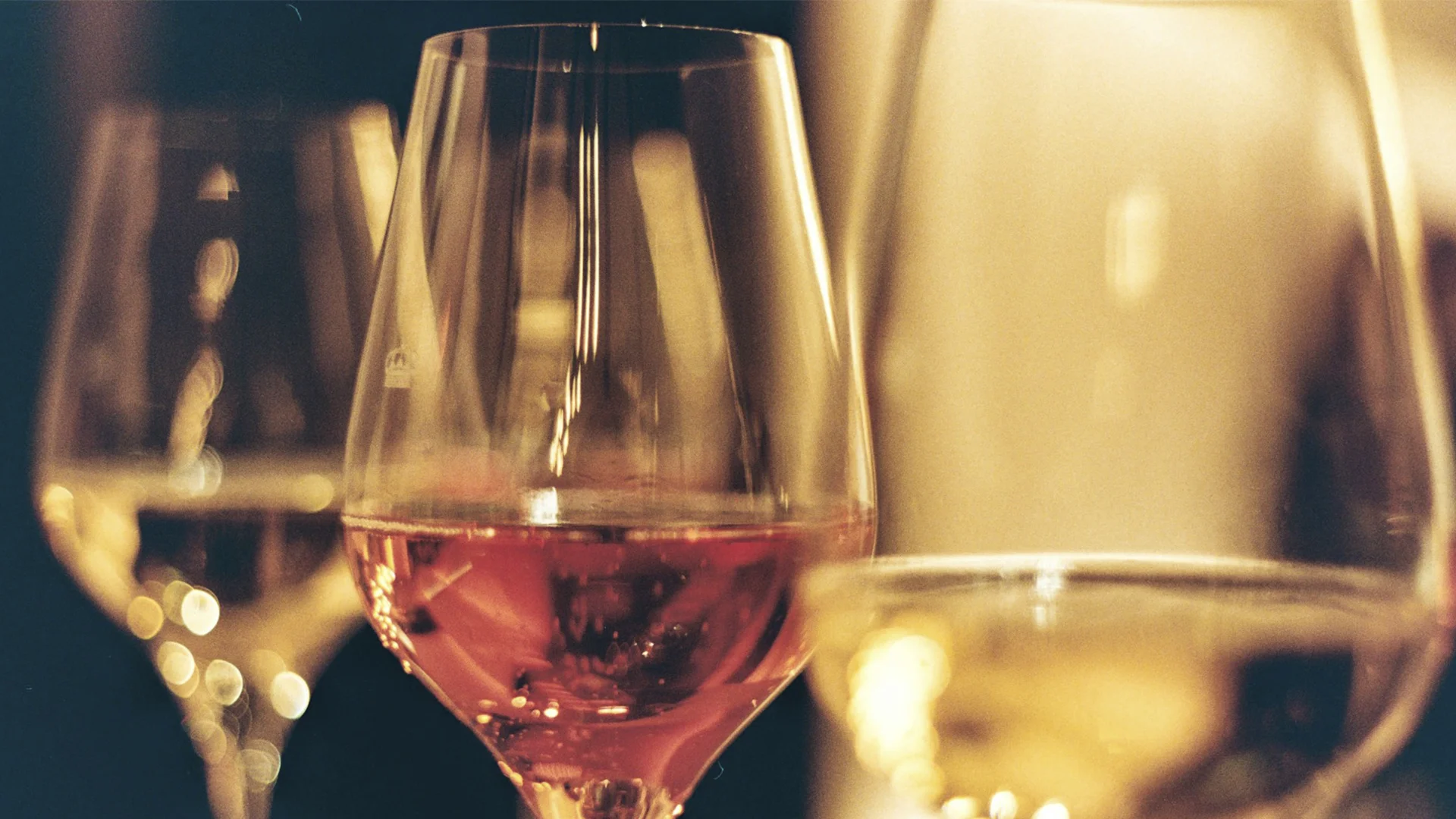
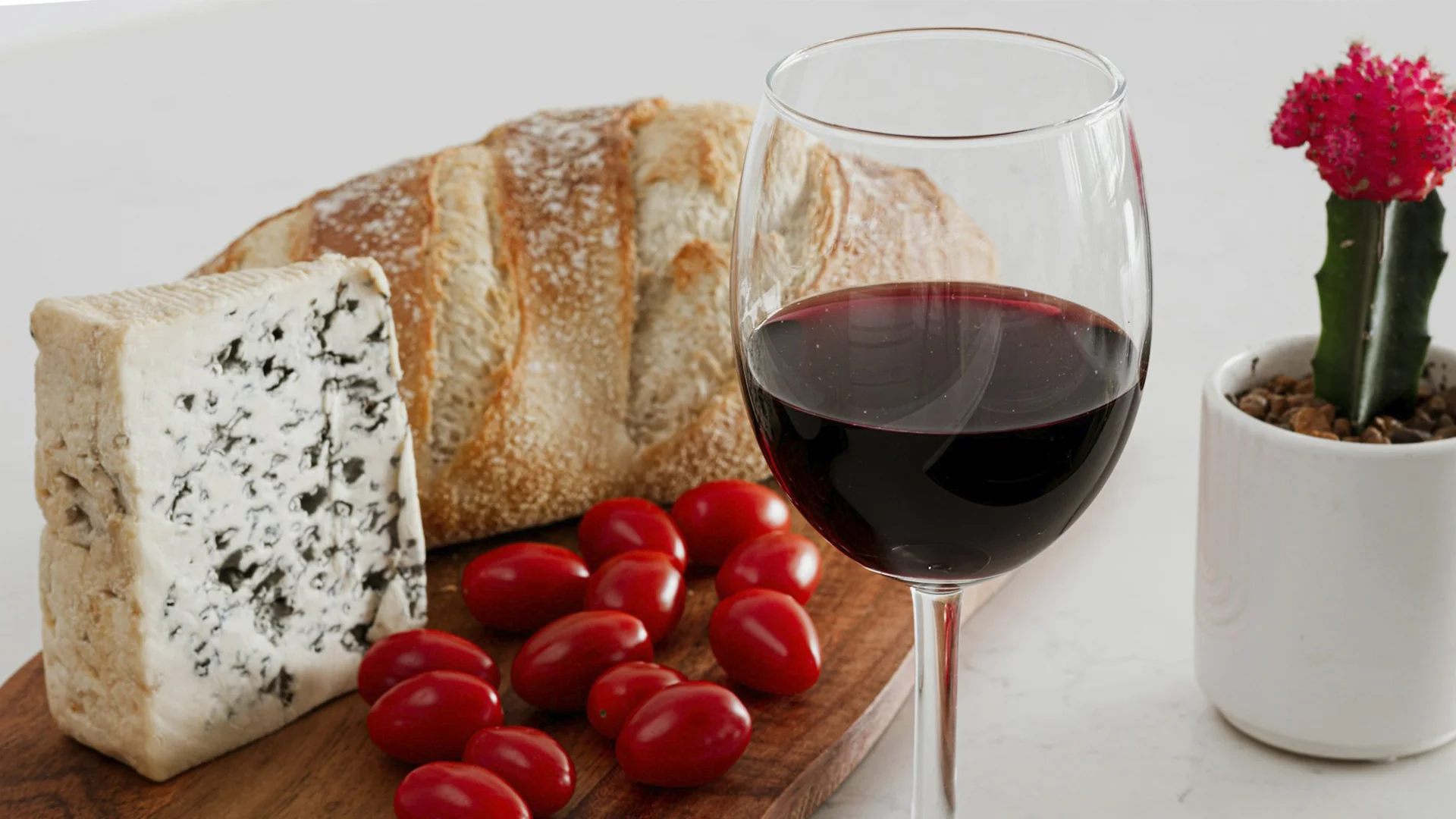
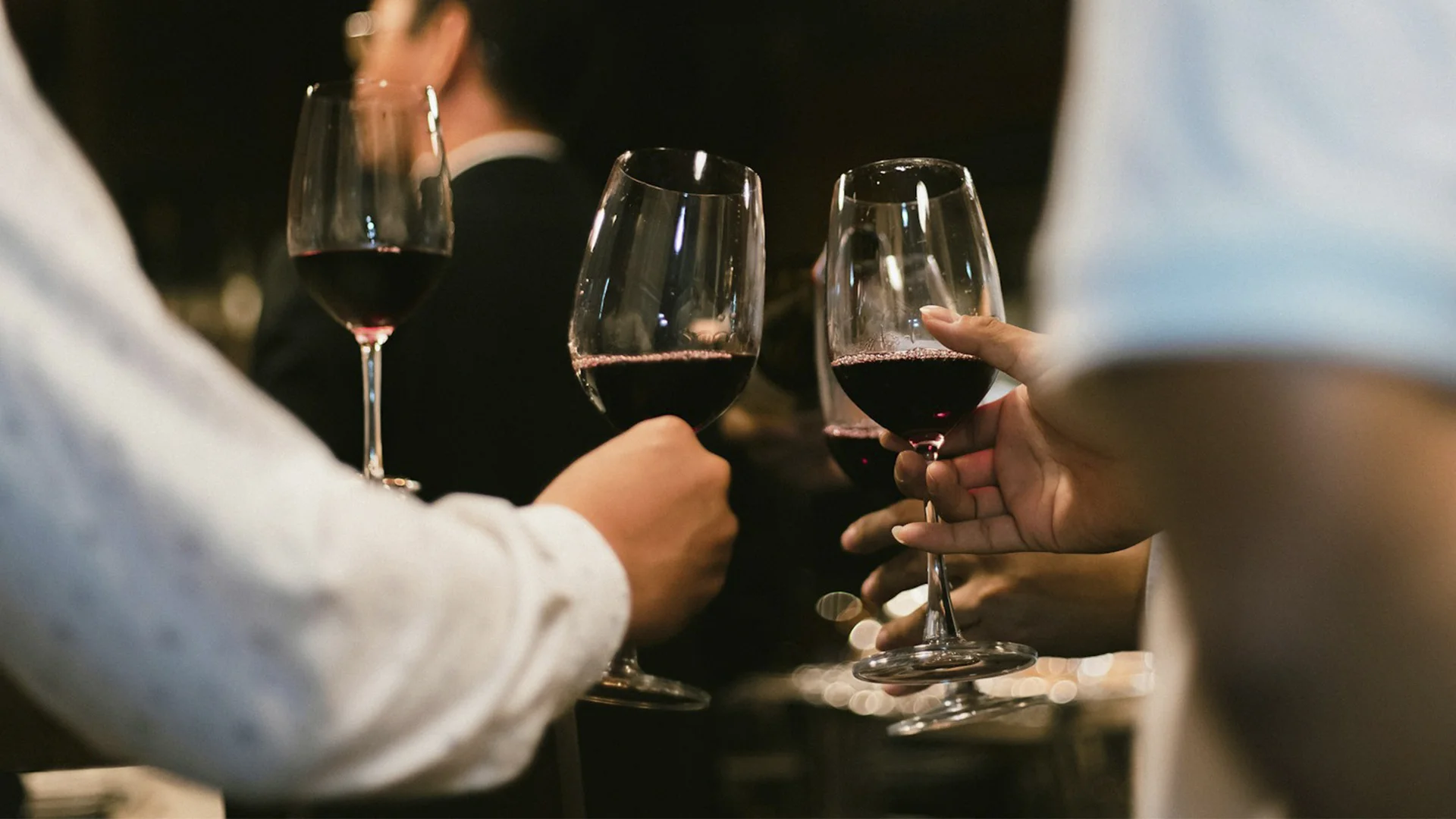

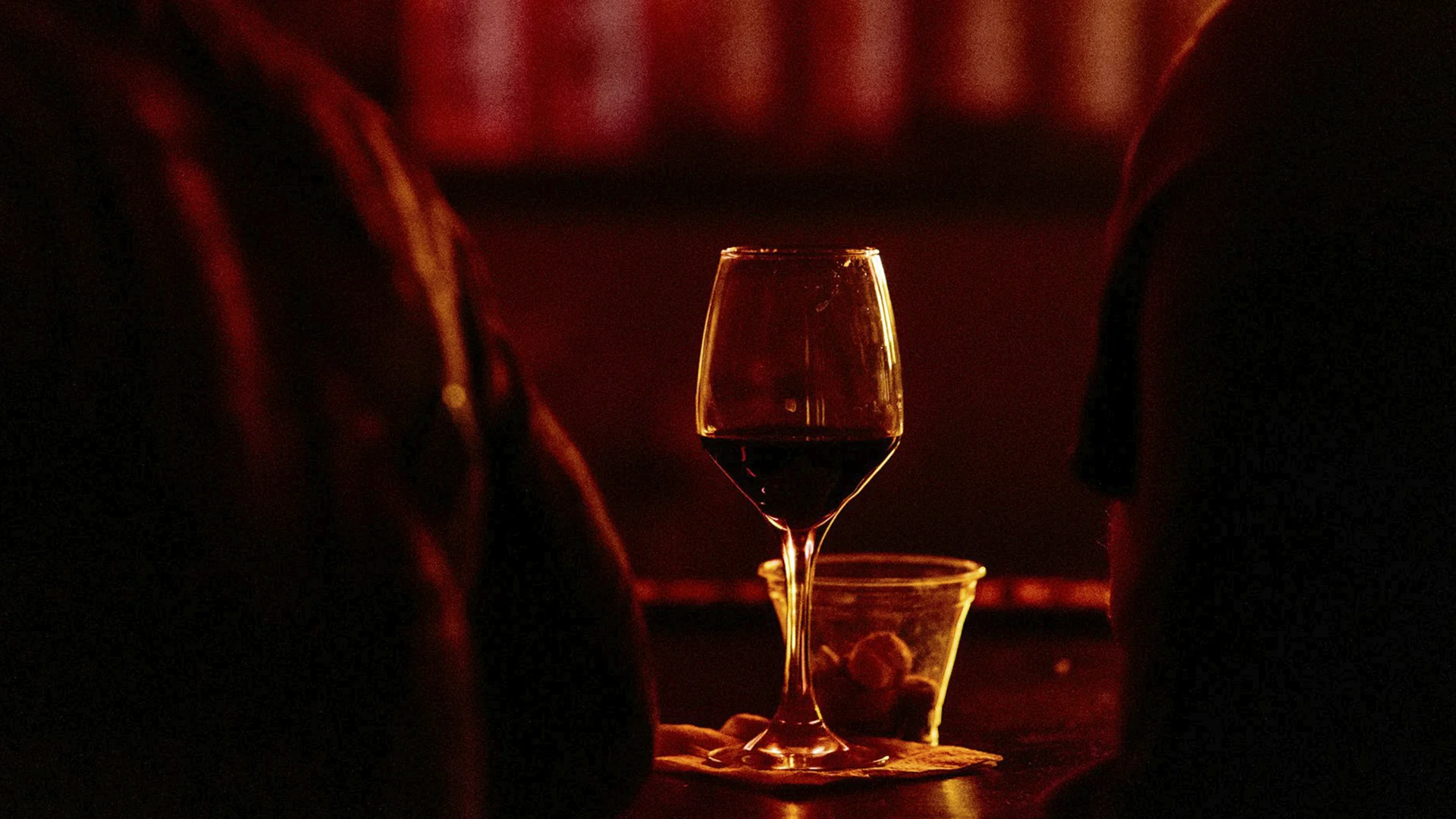
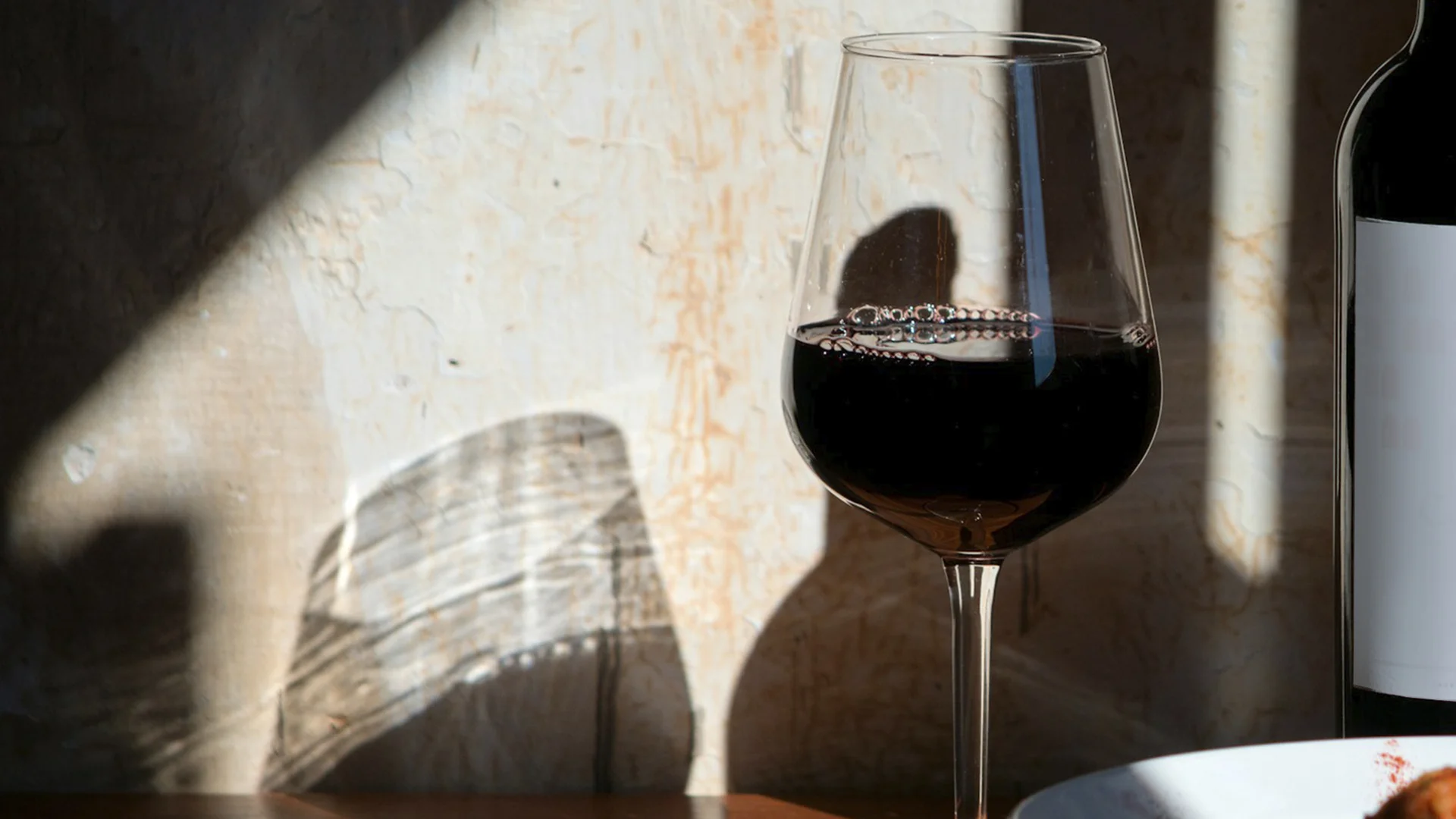
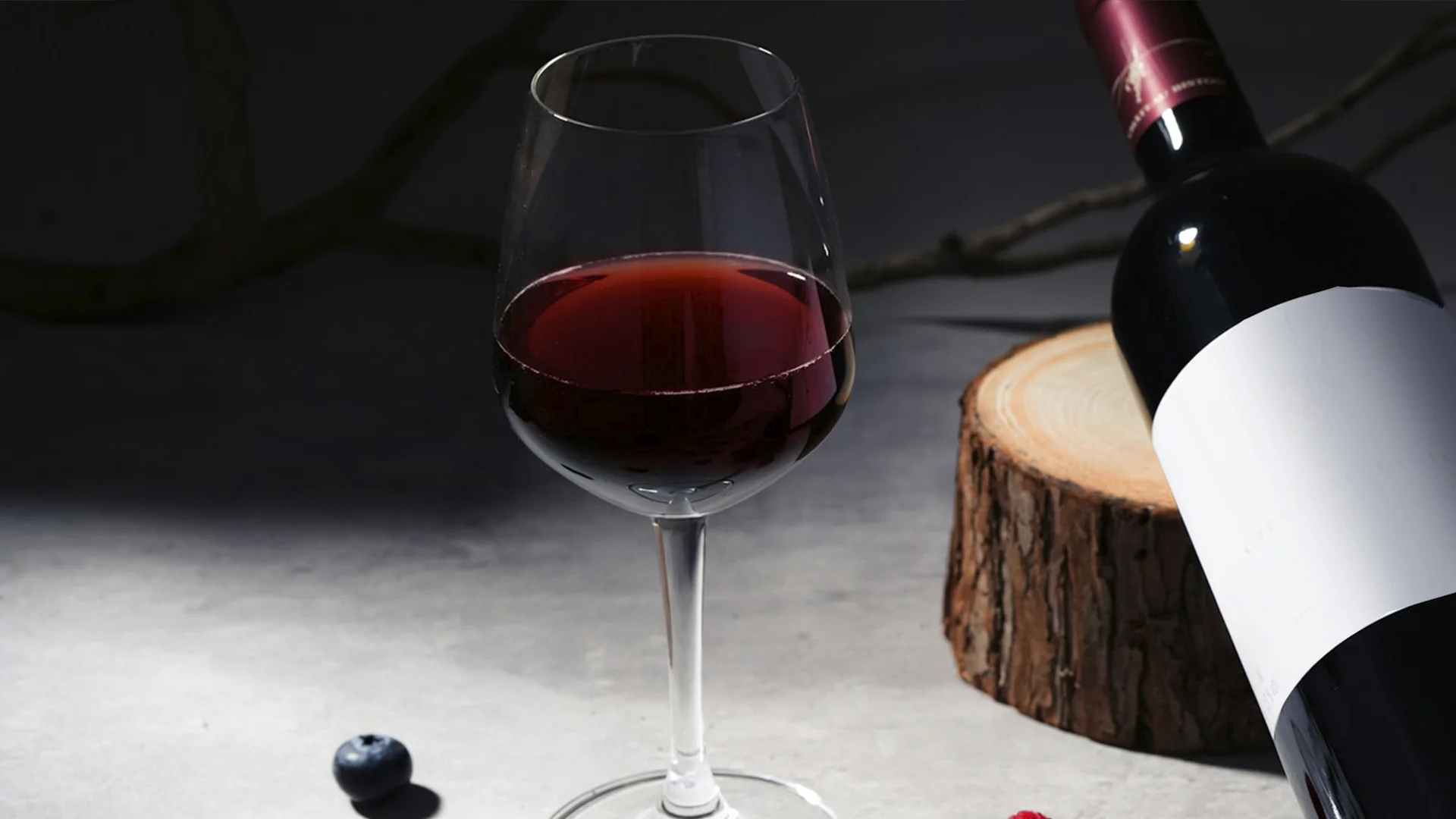
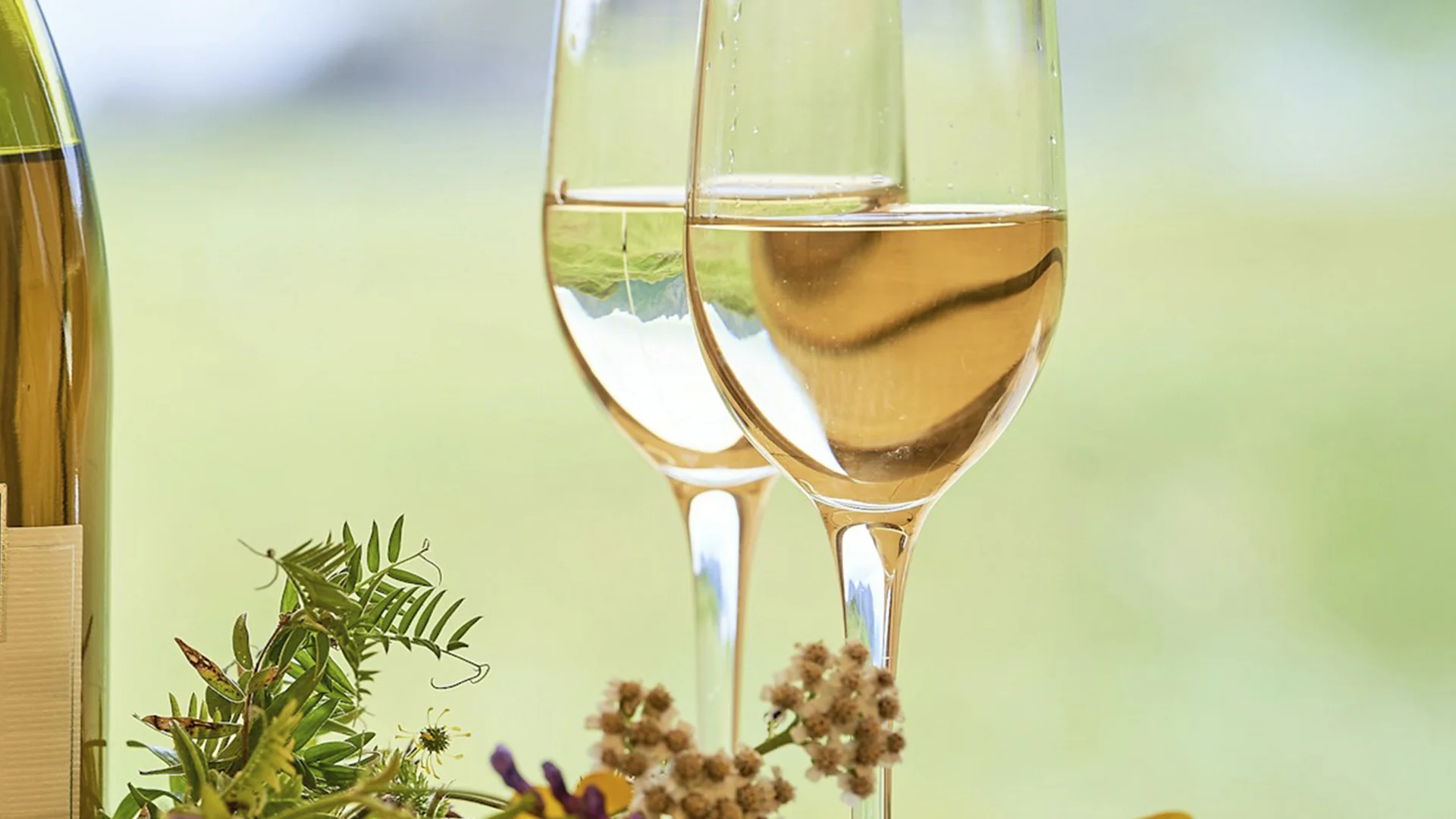
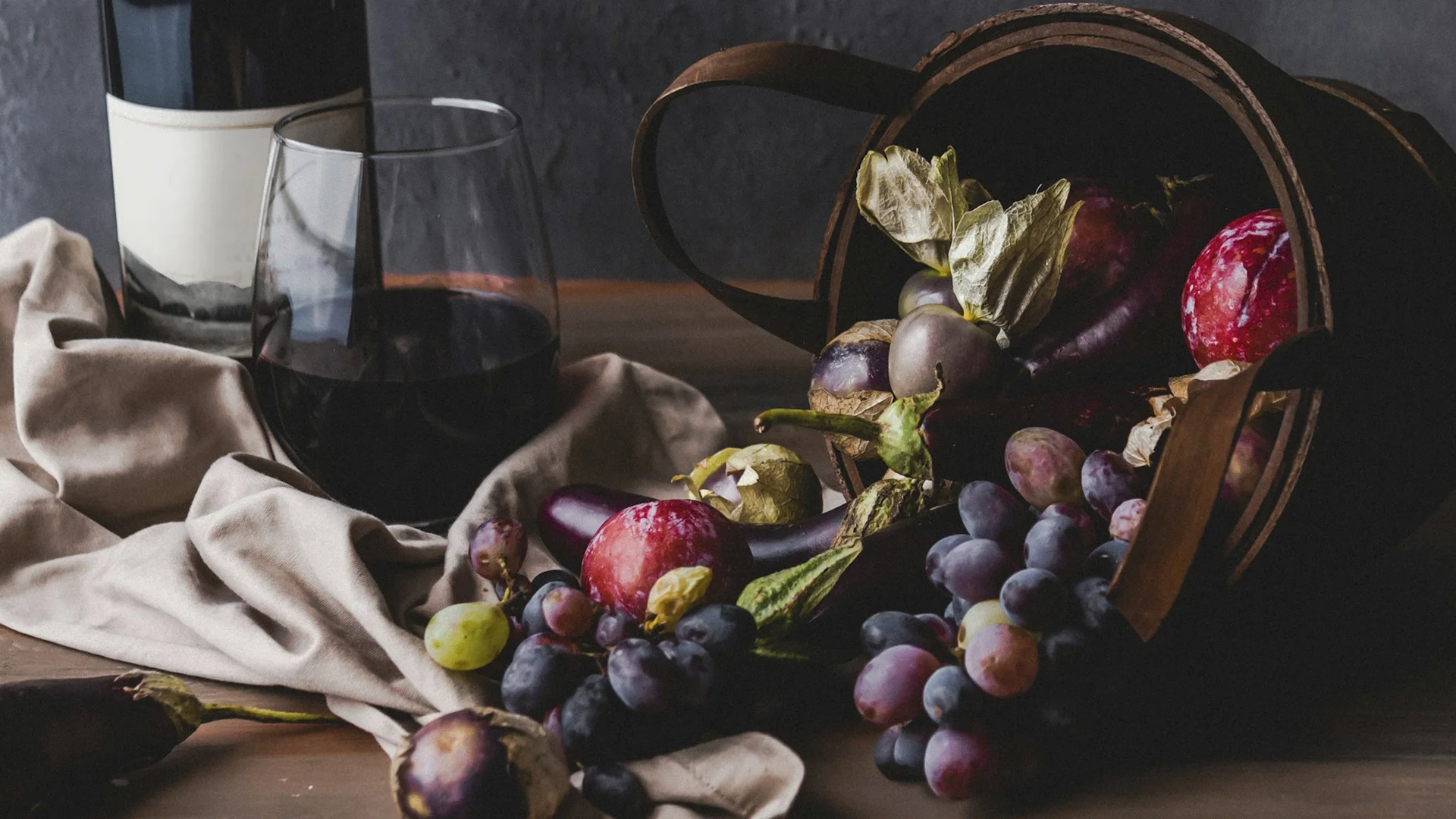
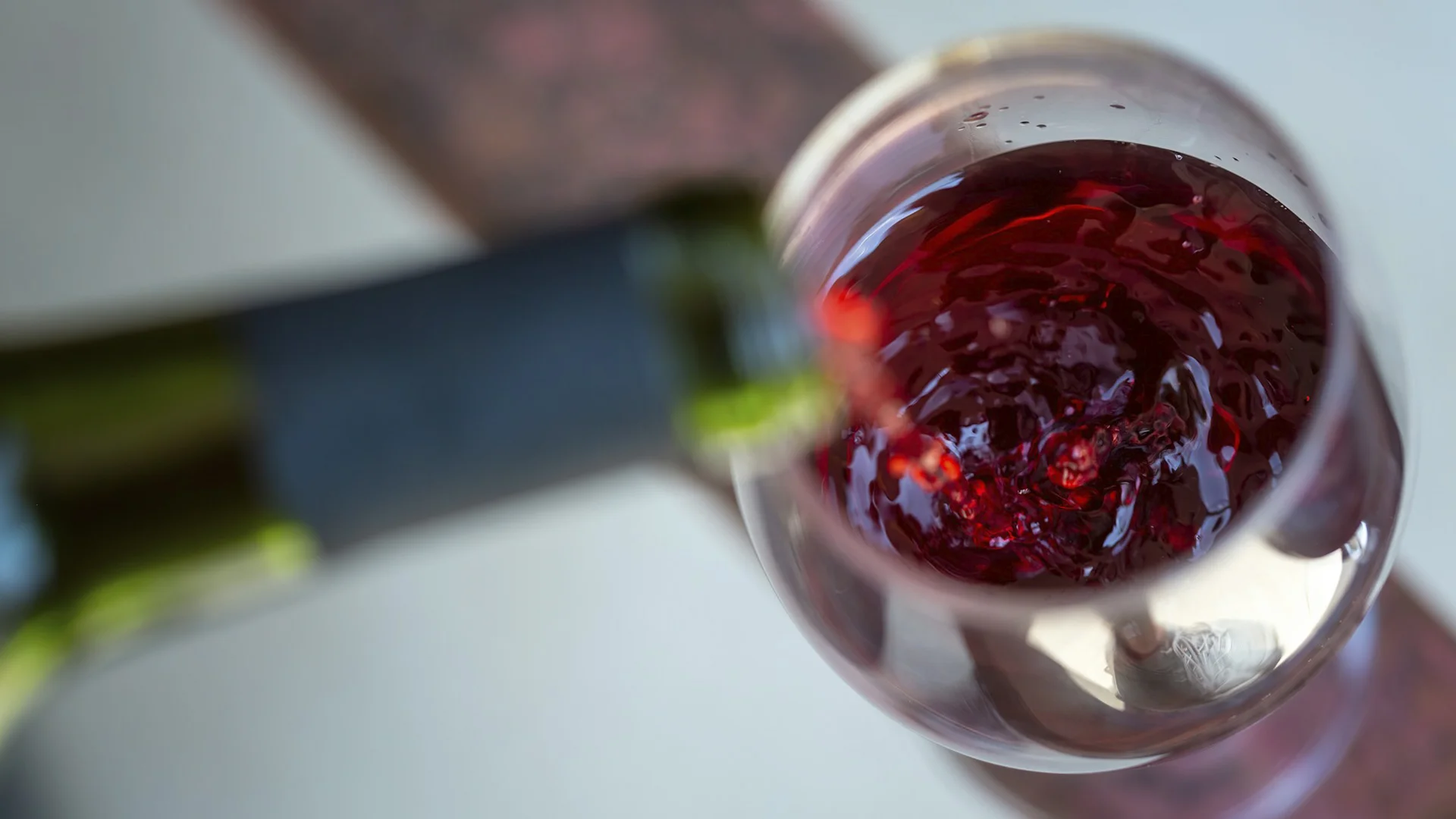
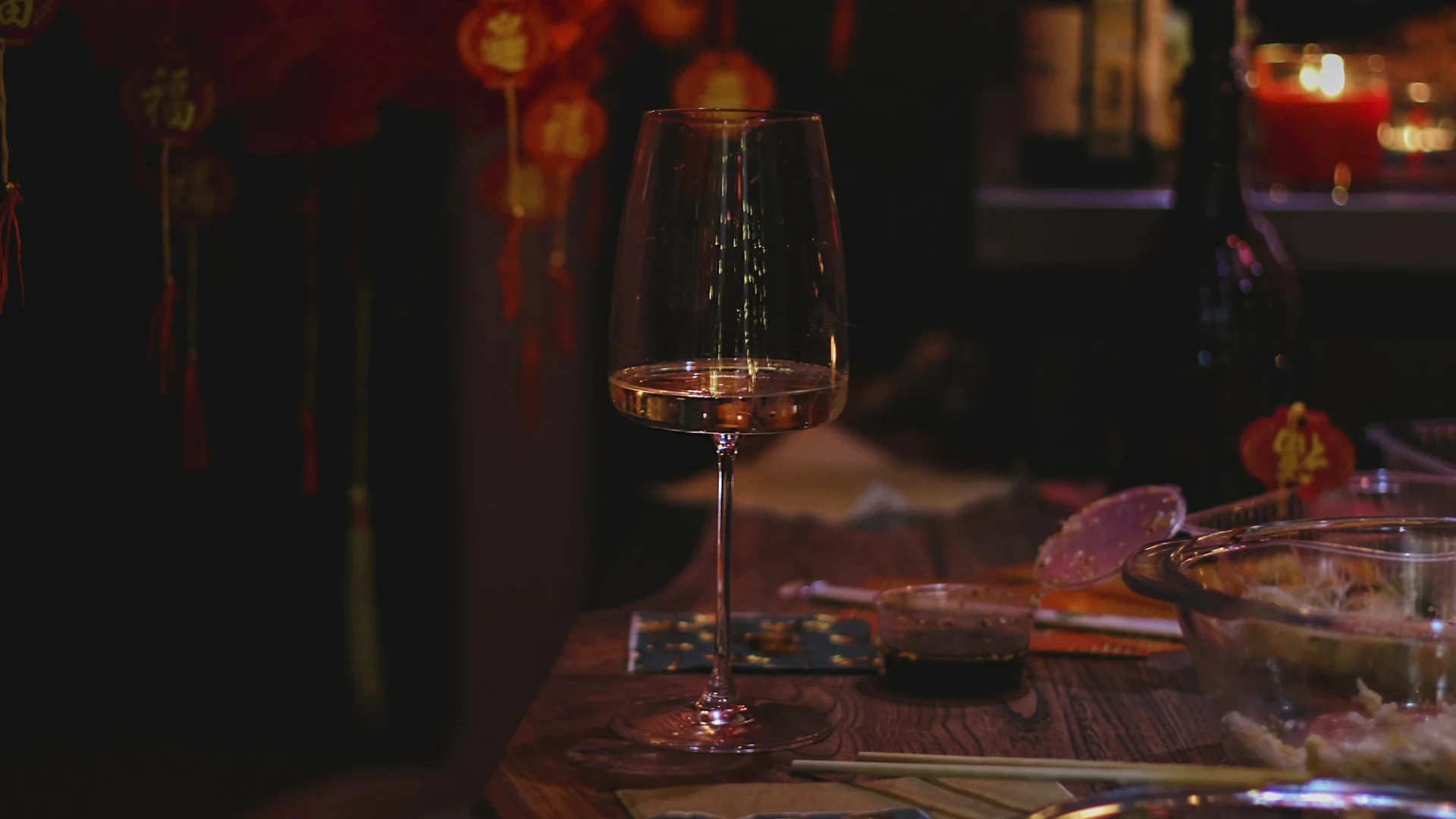
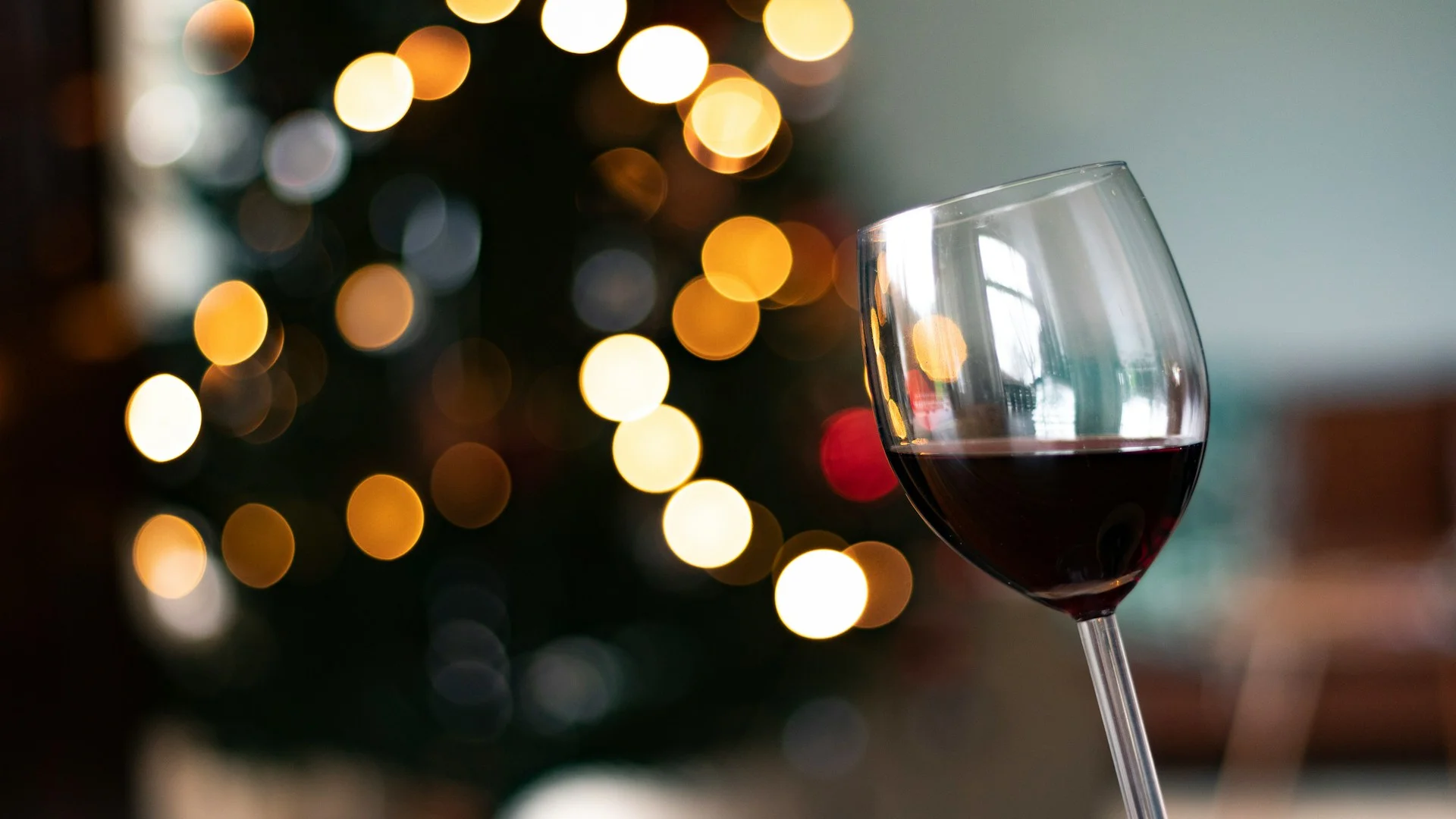
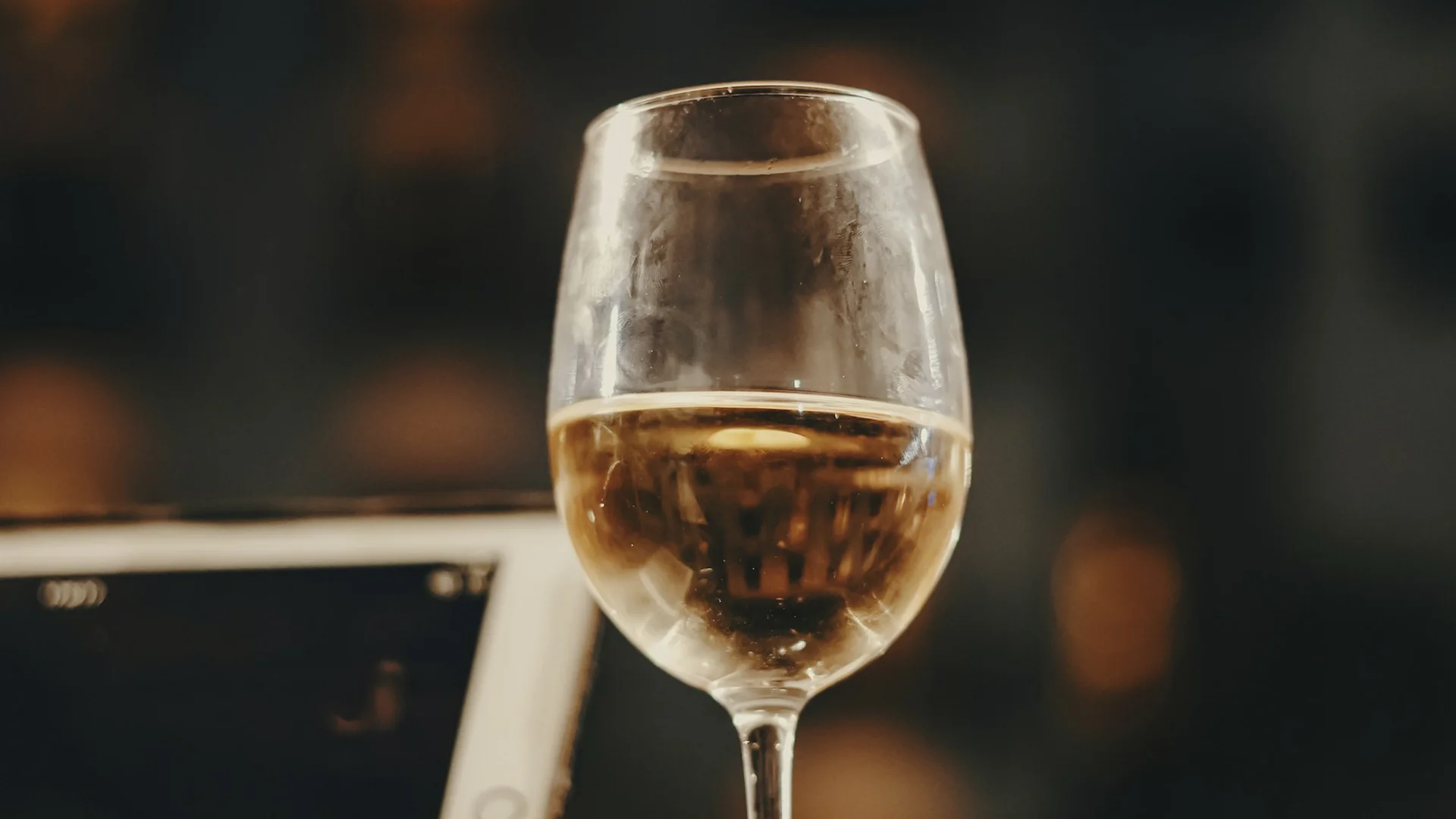




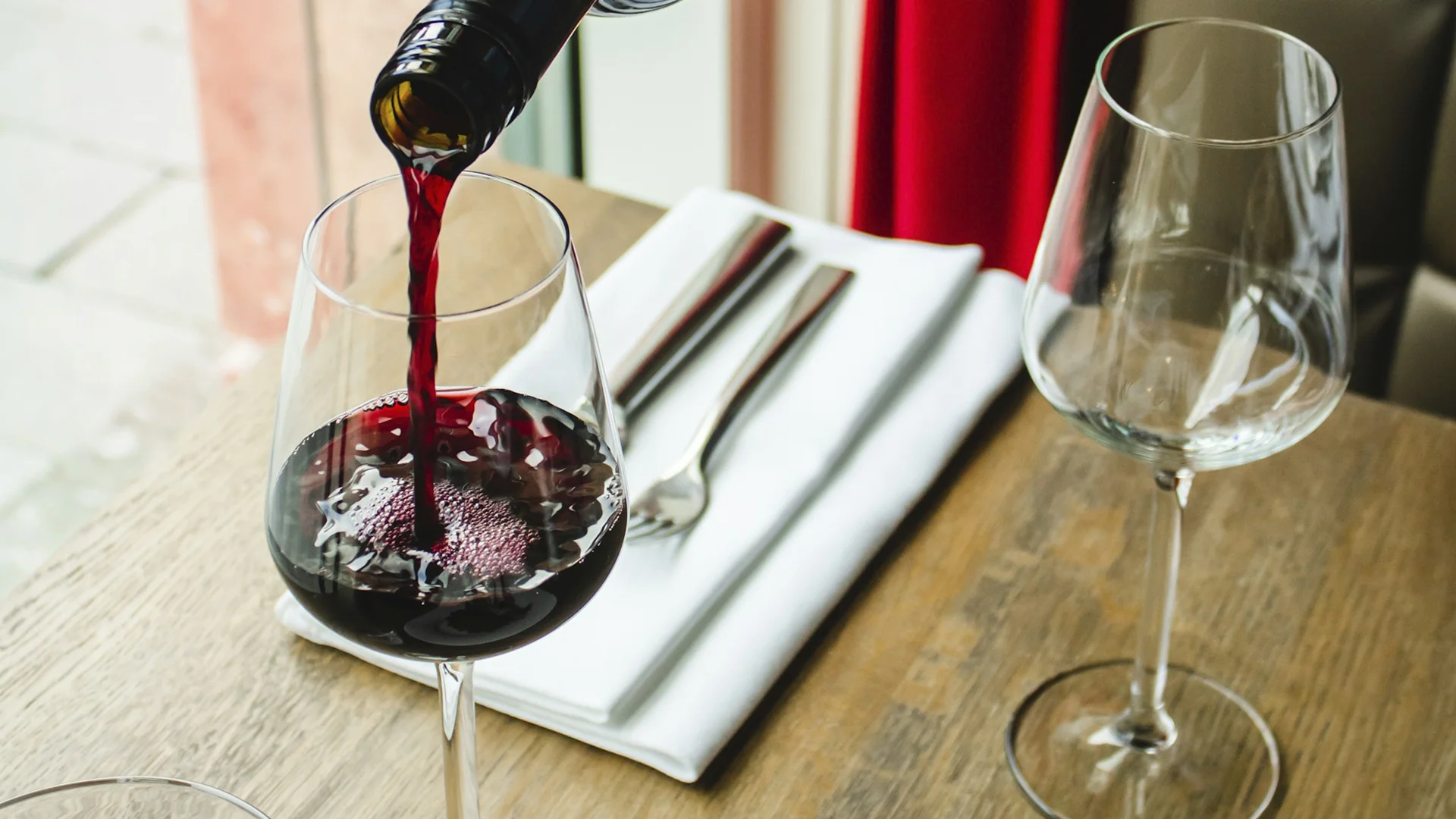












.webp)

.webp)
.webp)
.webp)



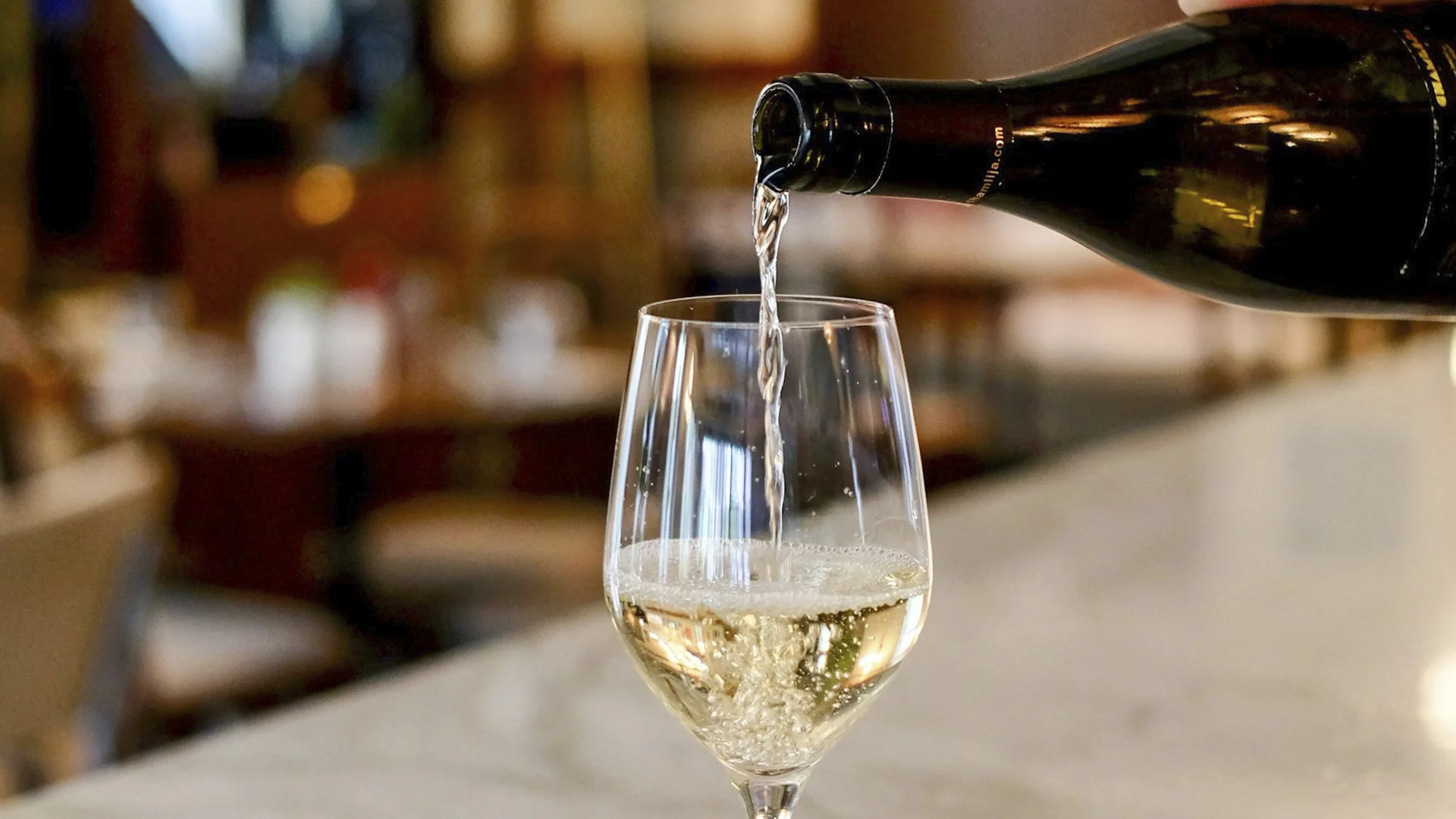


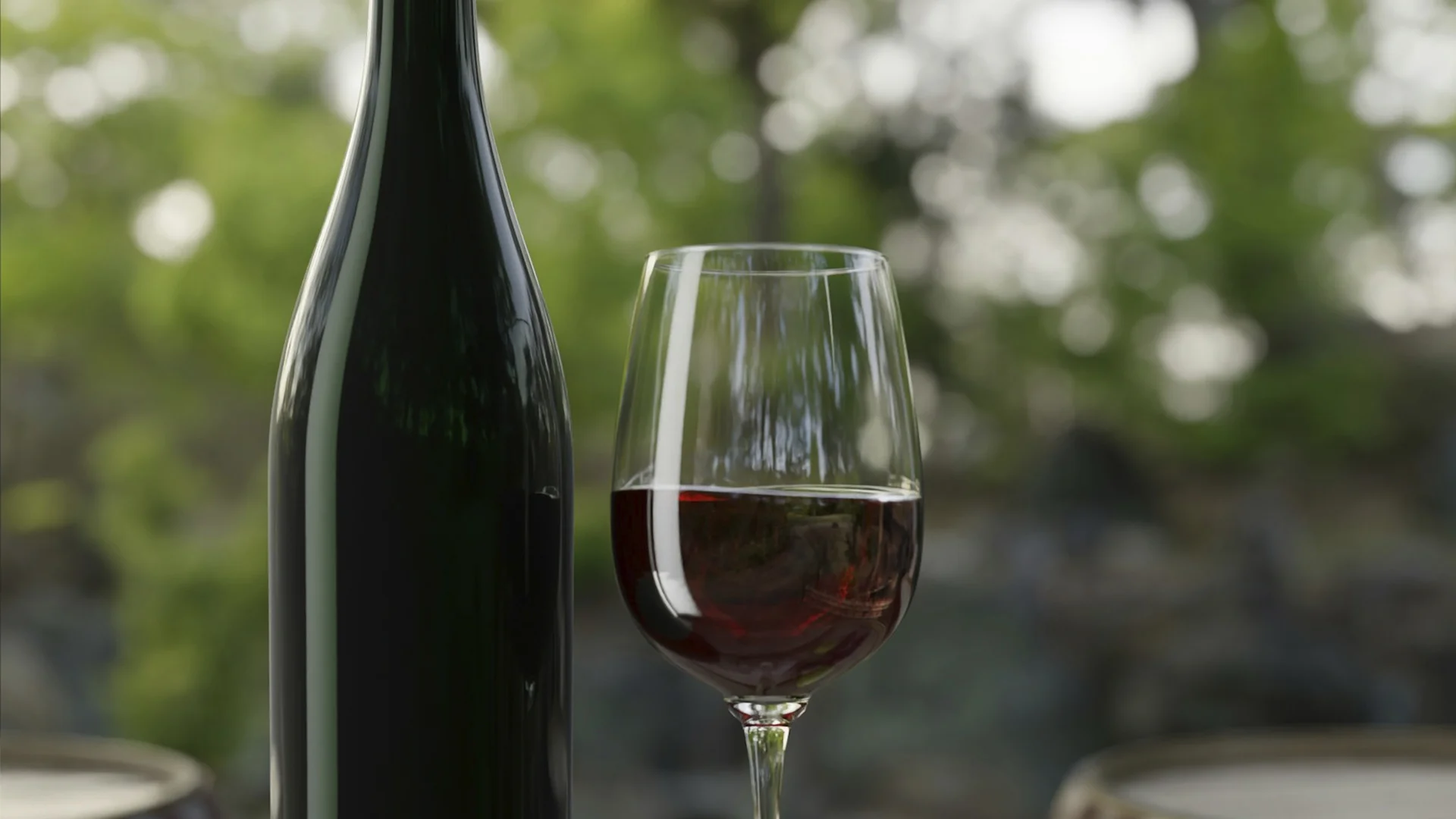



















.webp)













Are you interested in
collaborating with us?